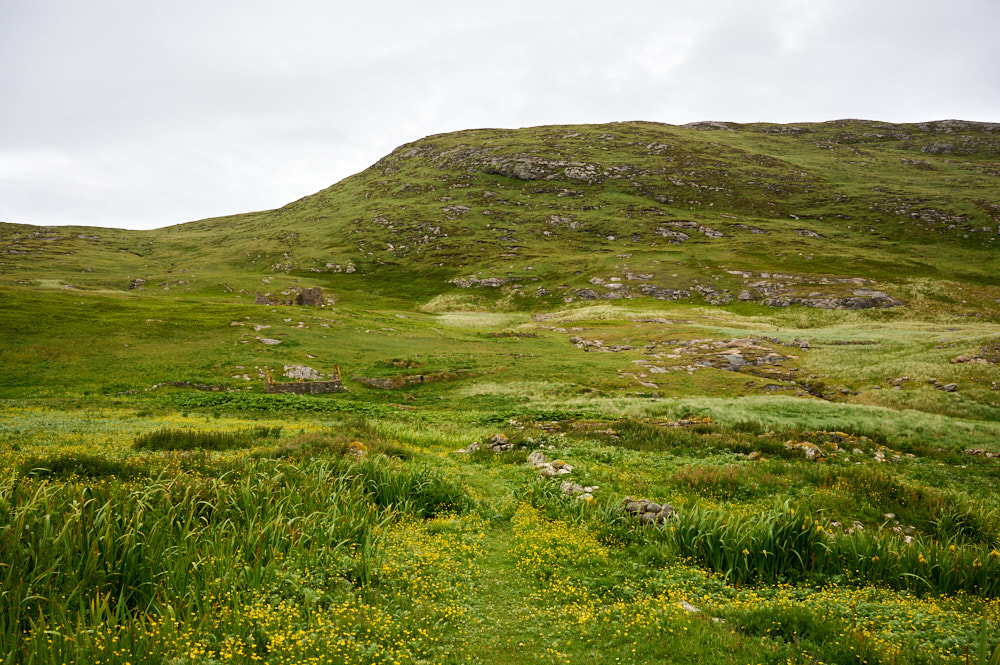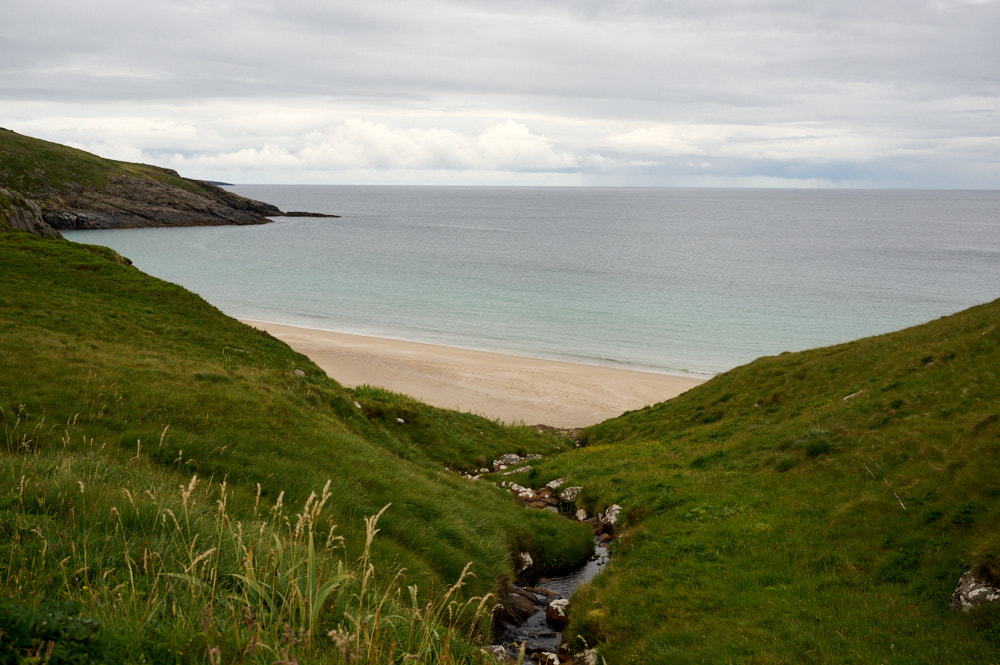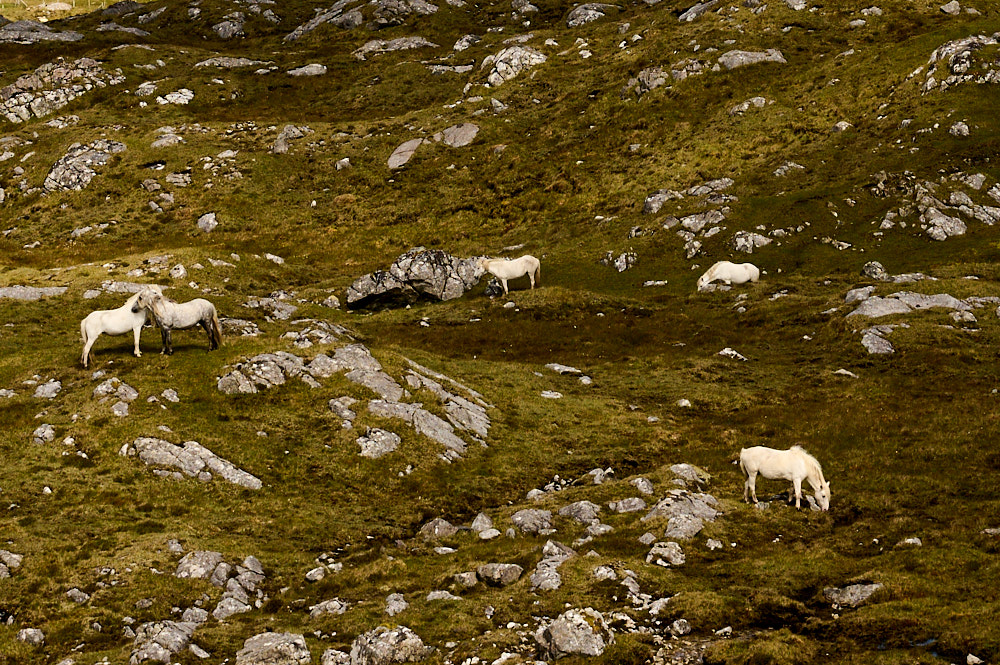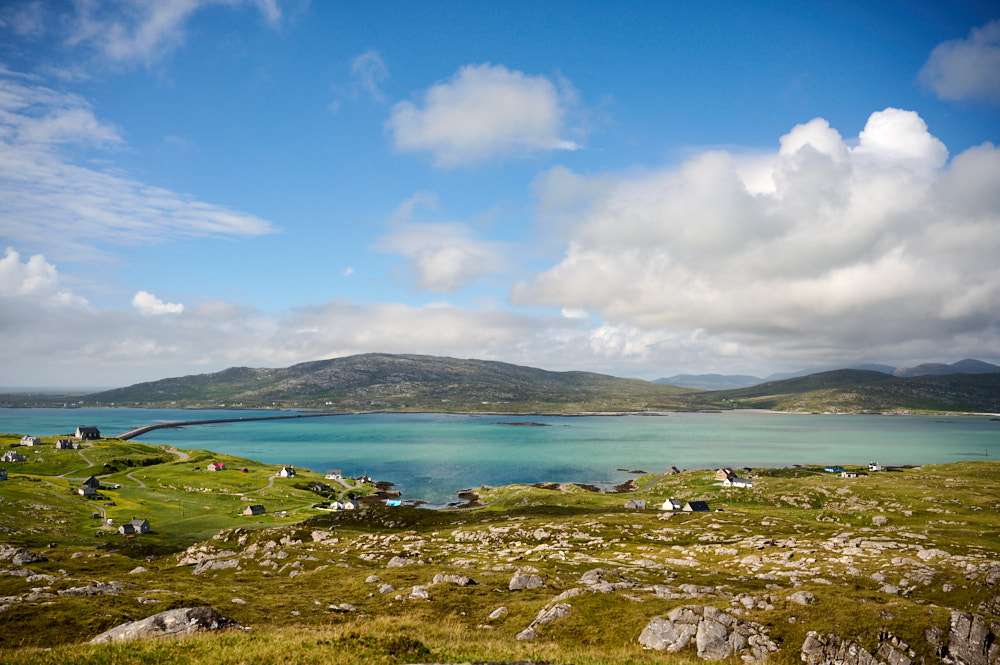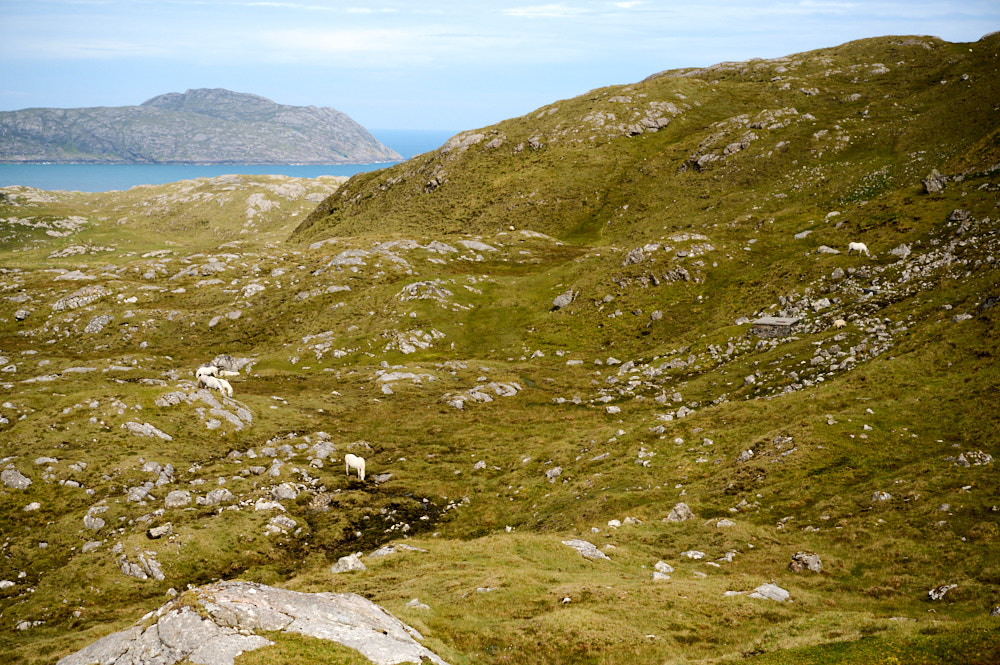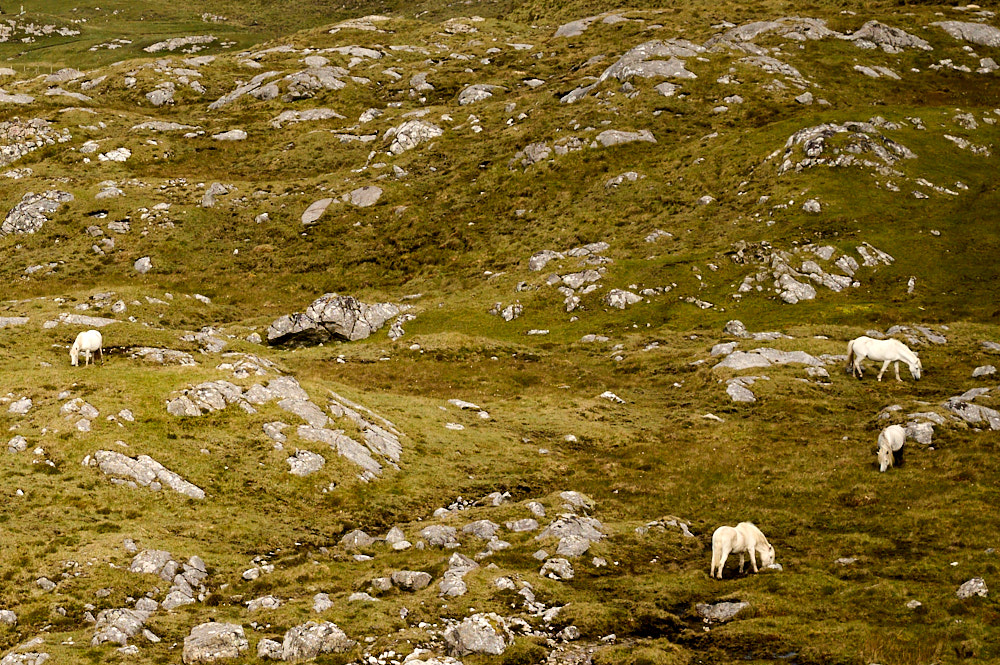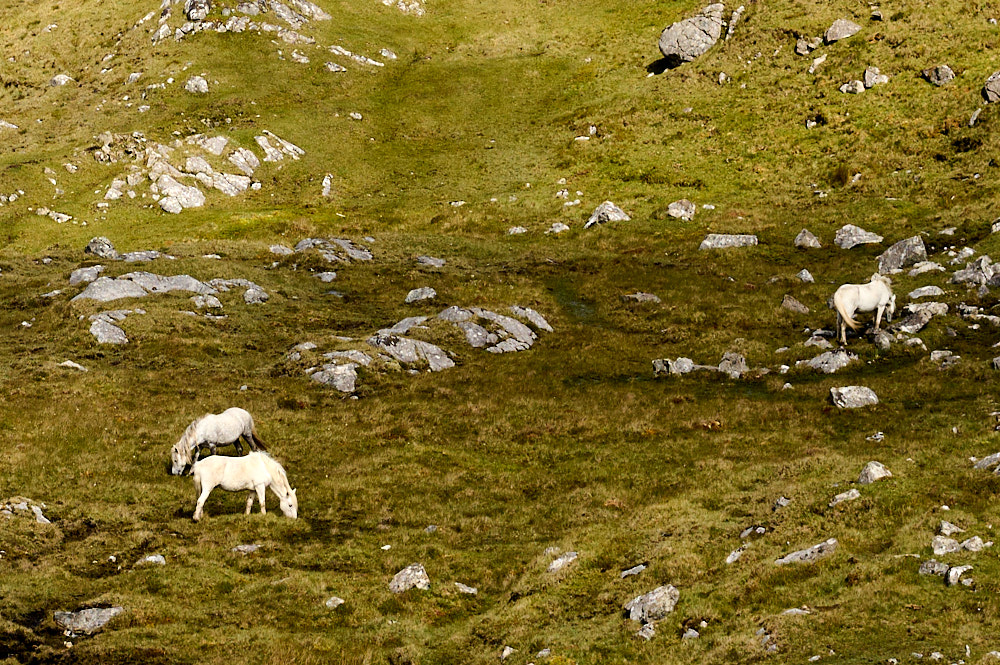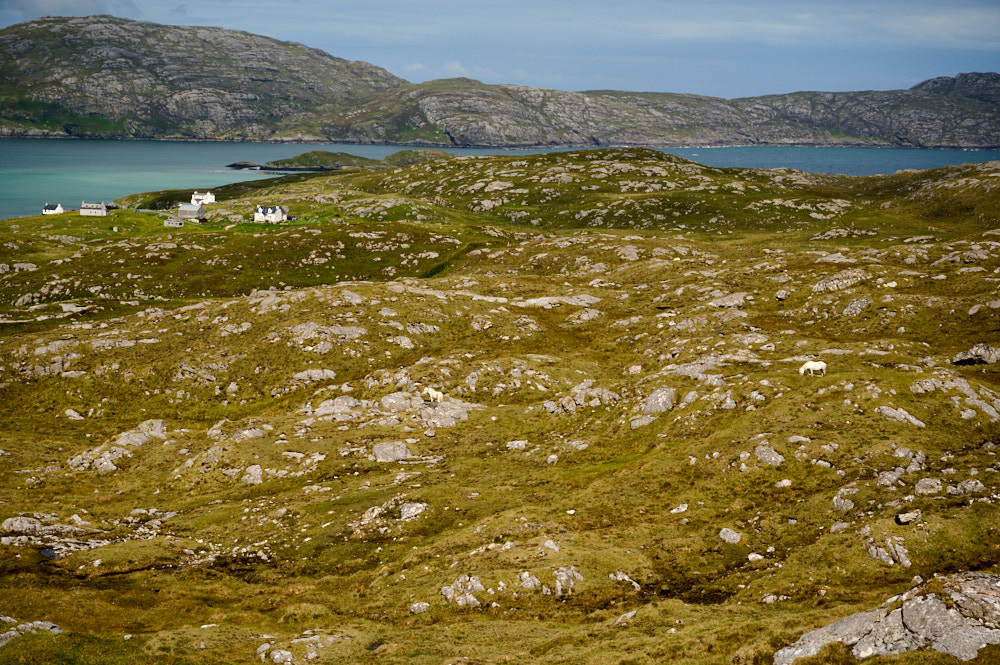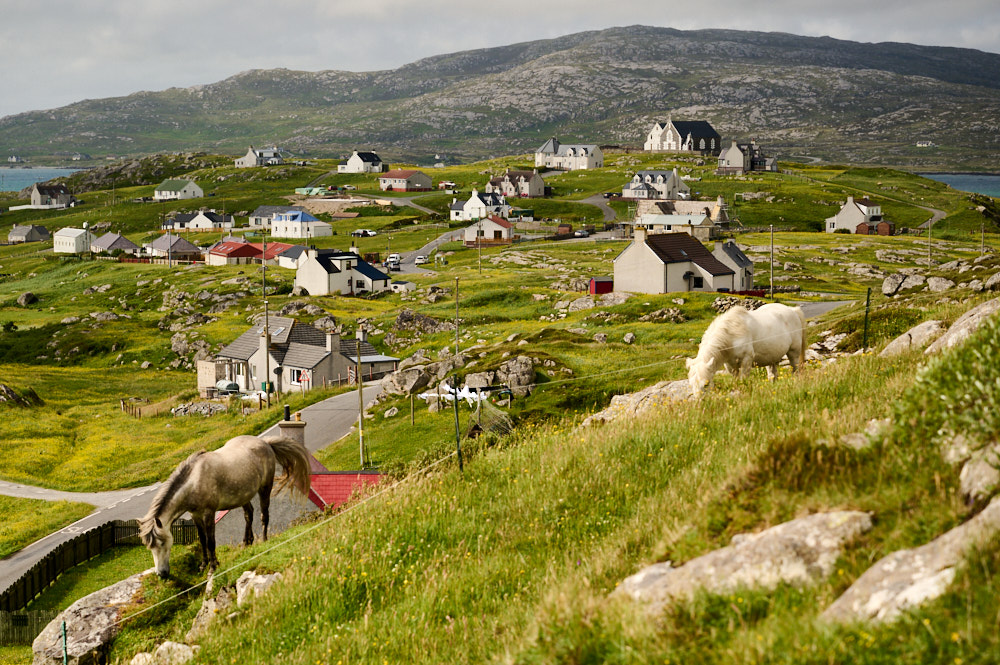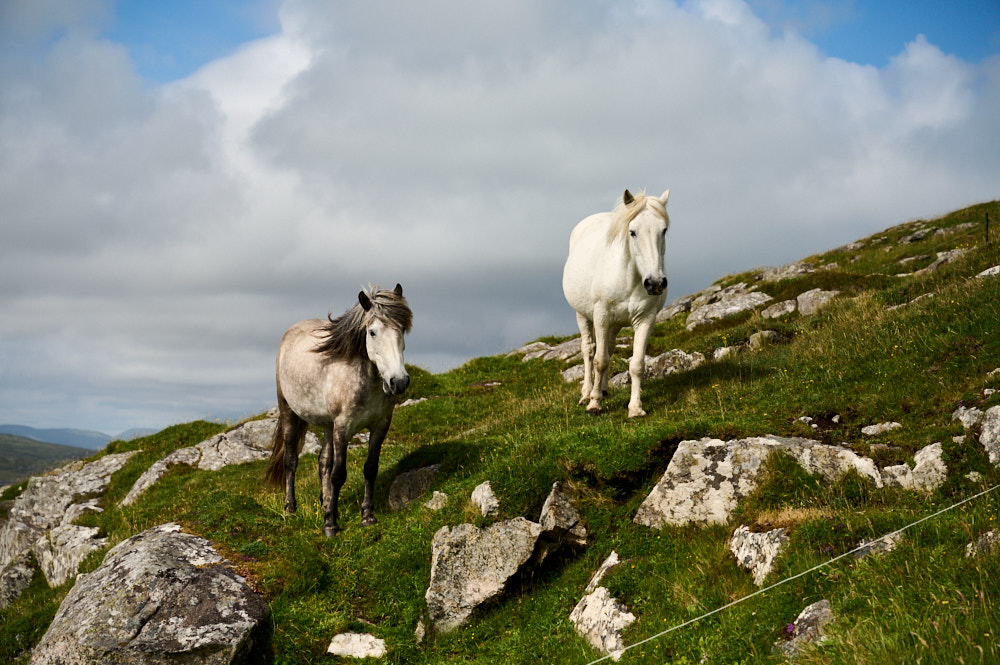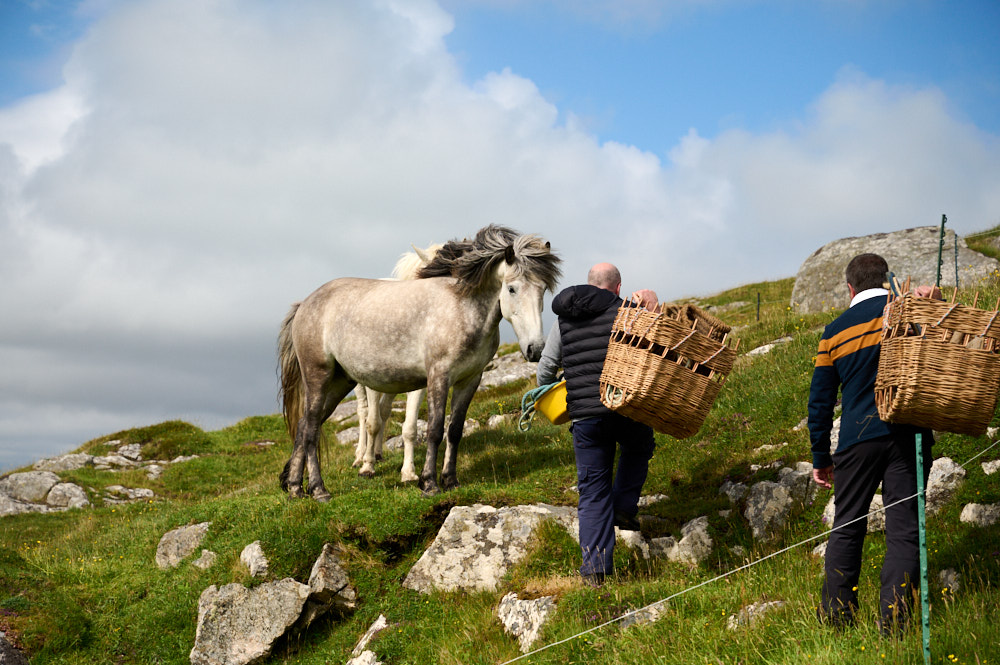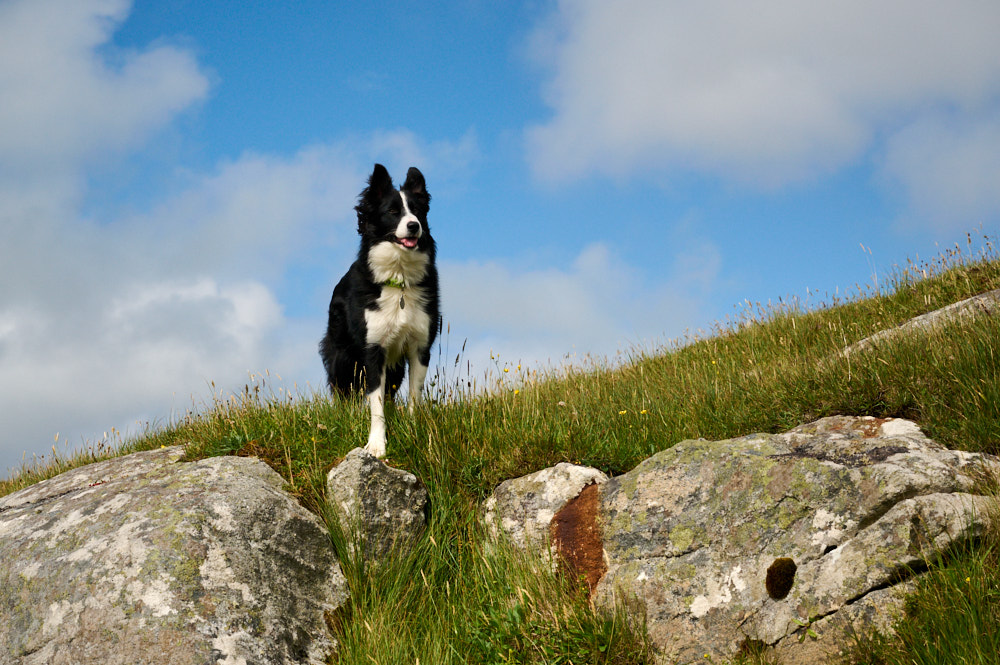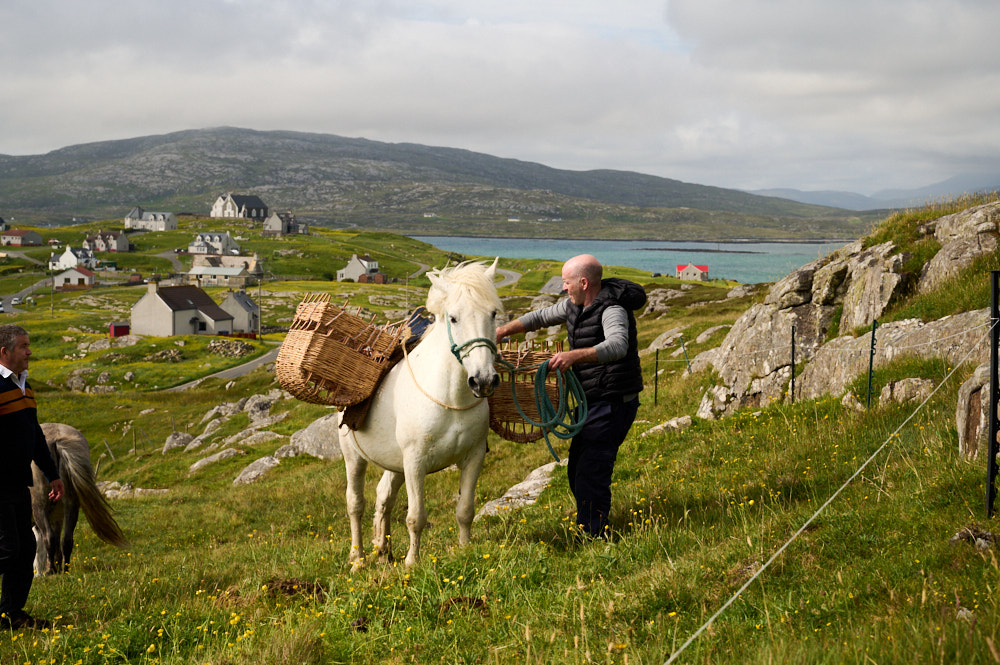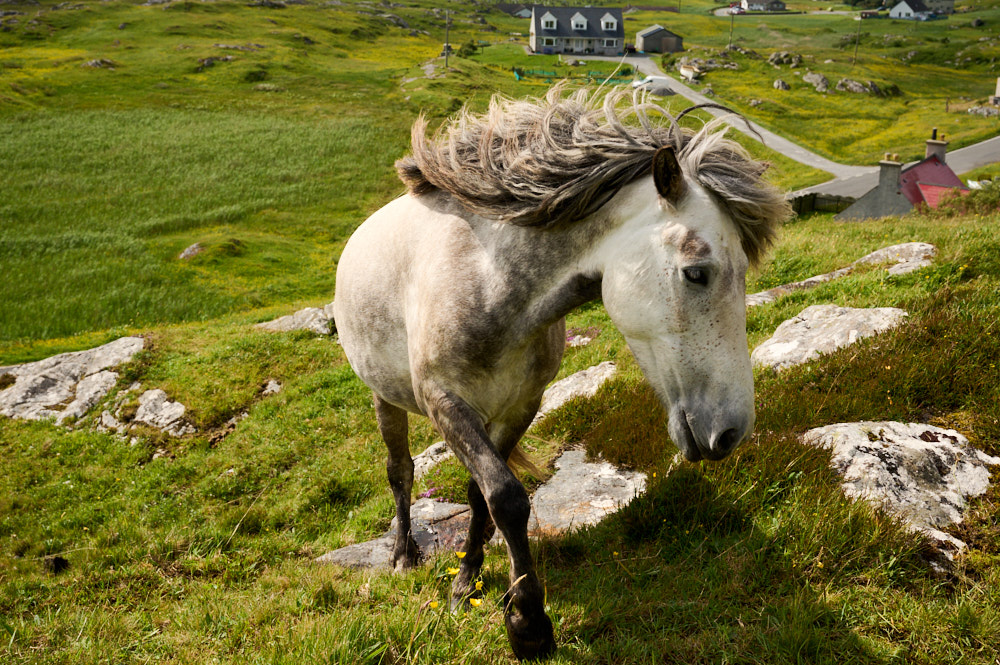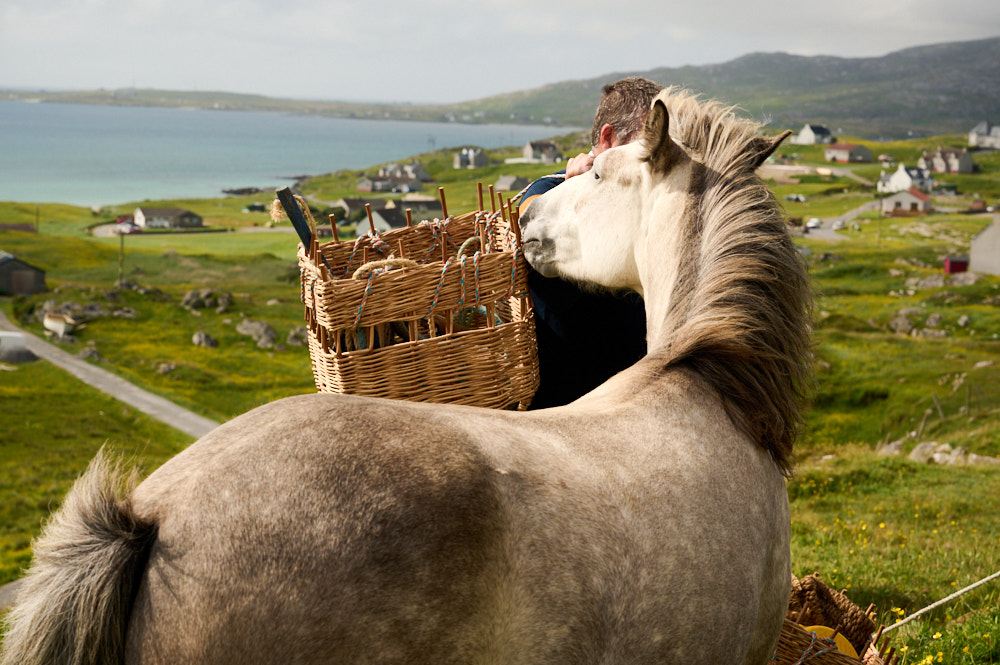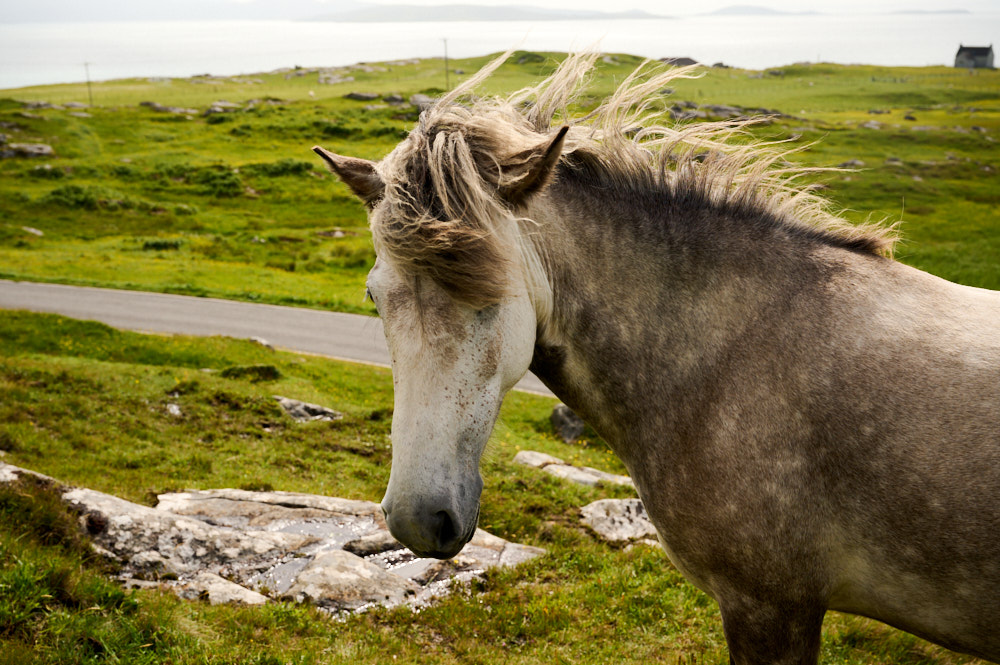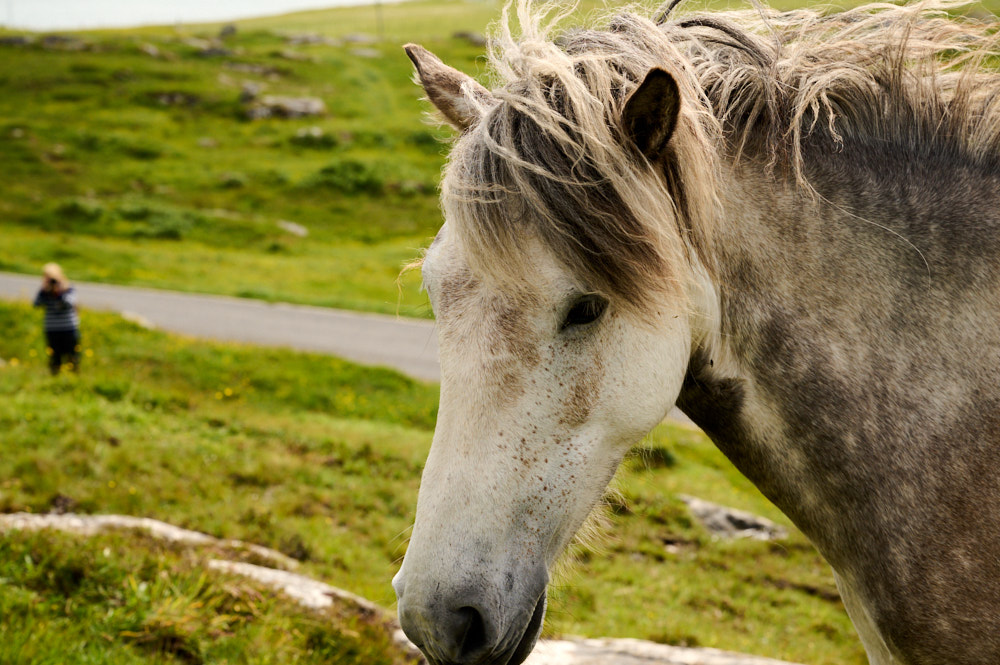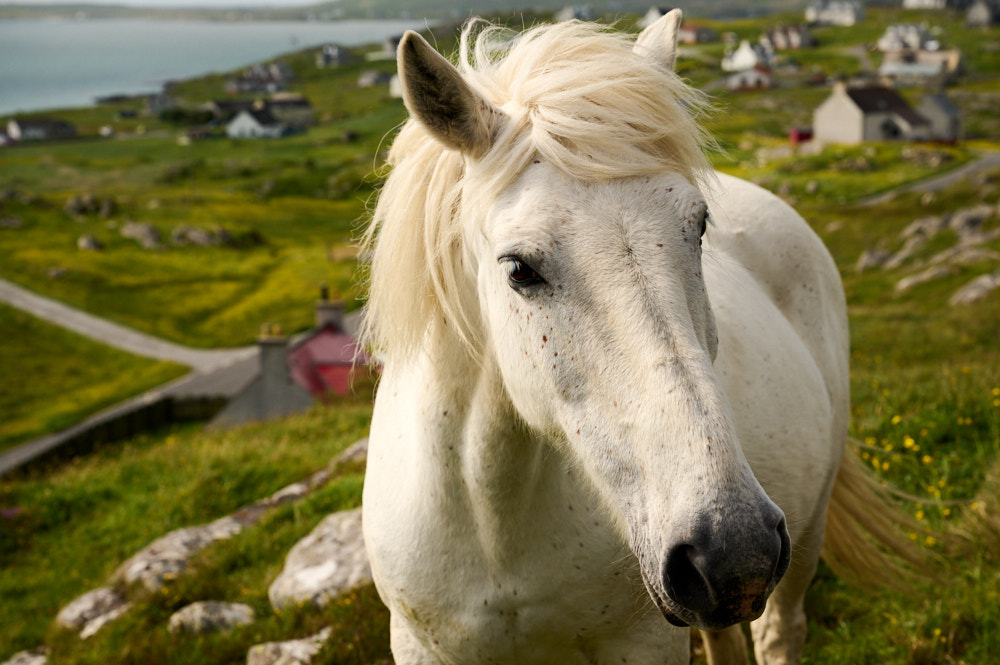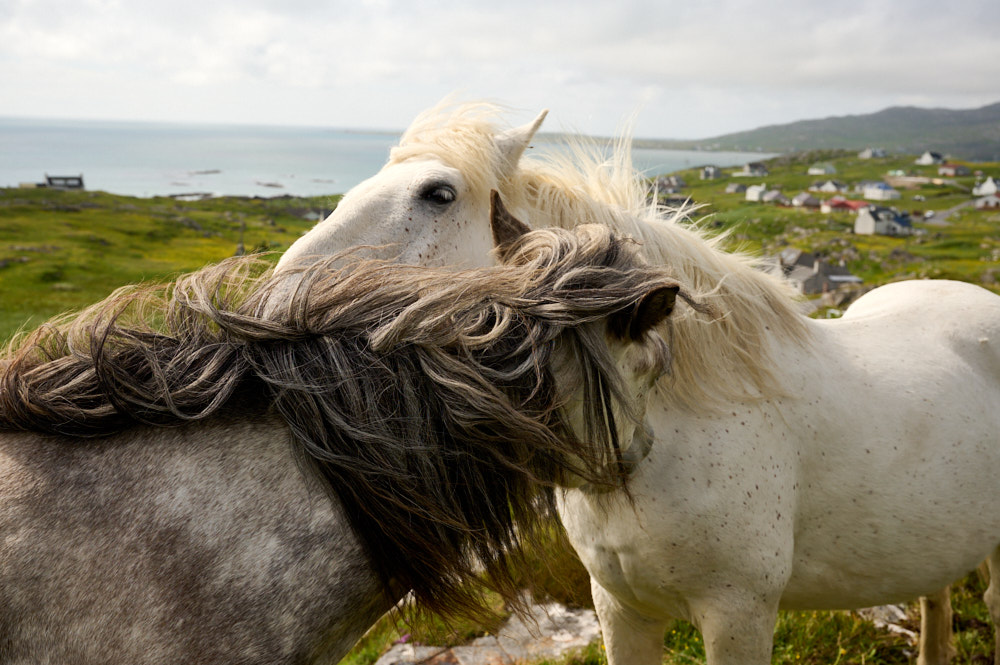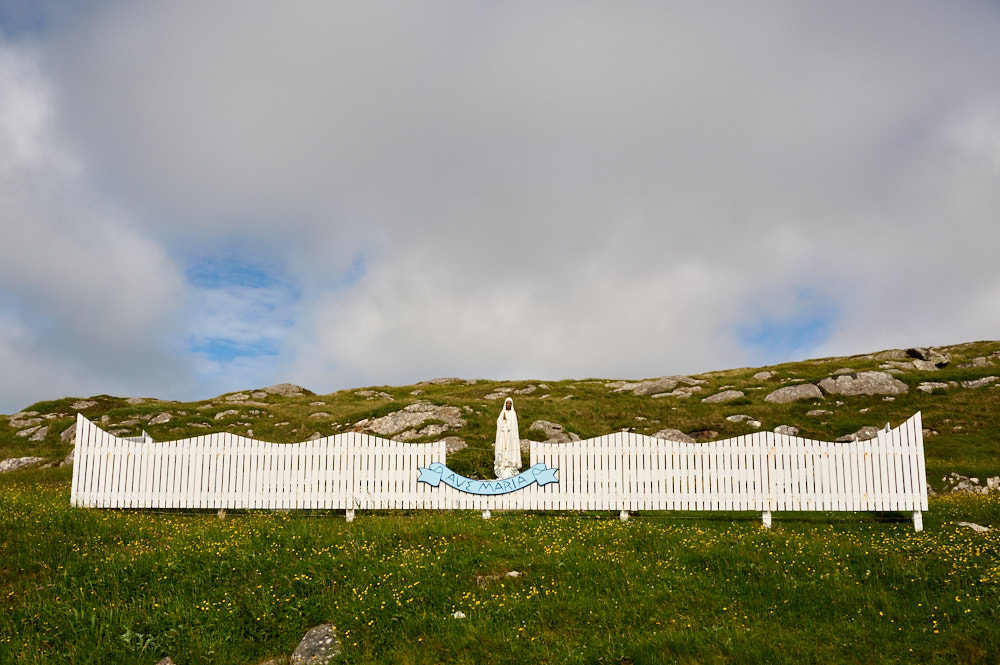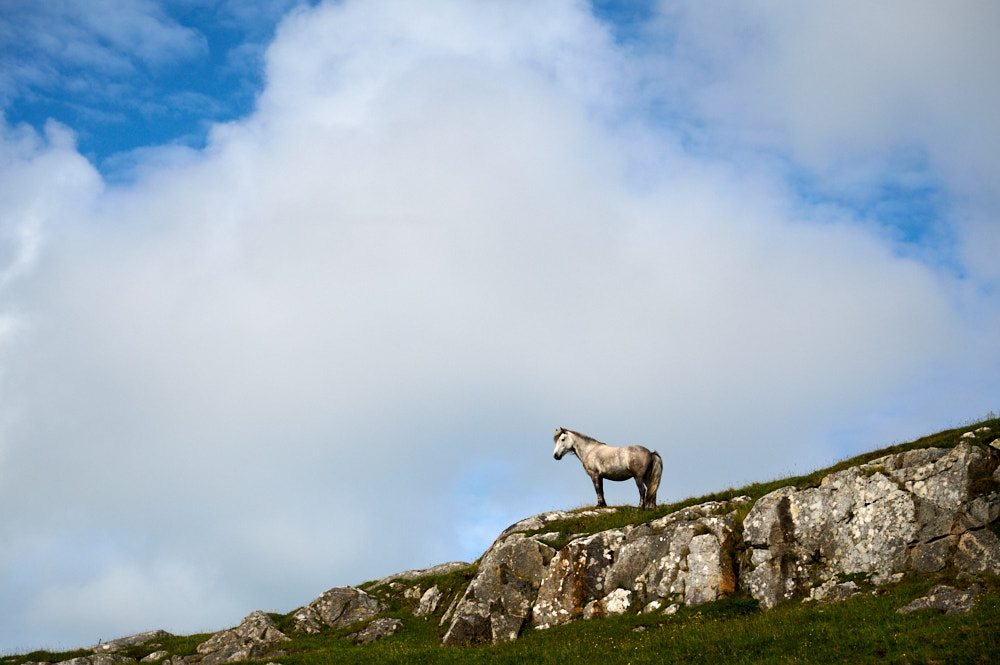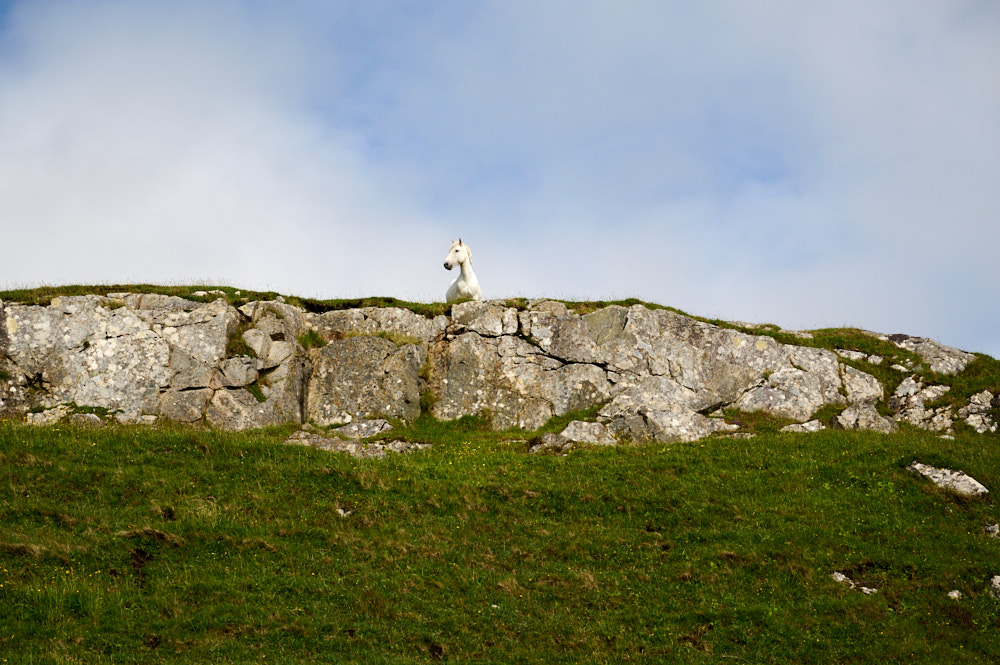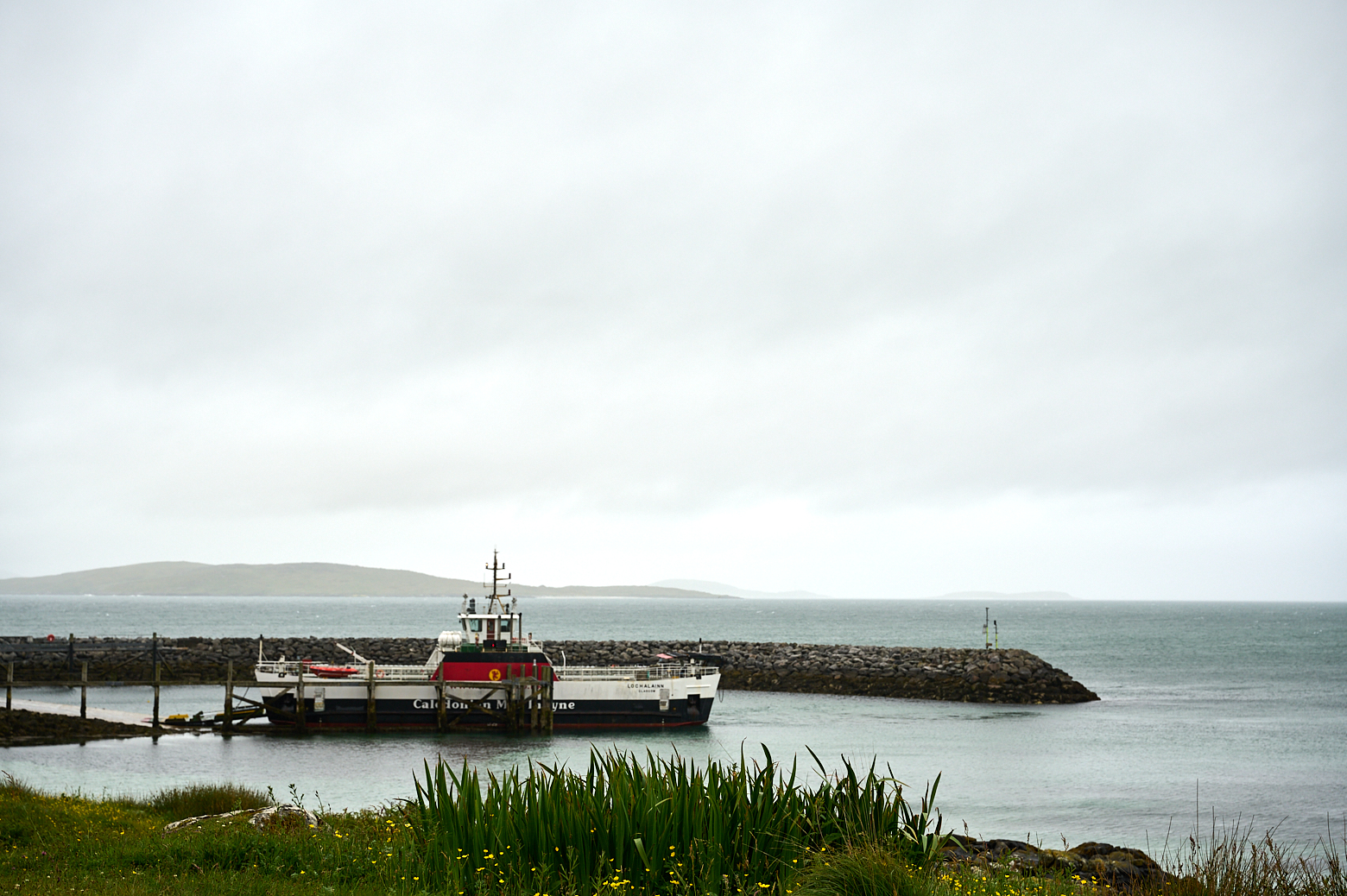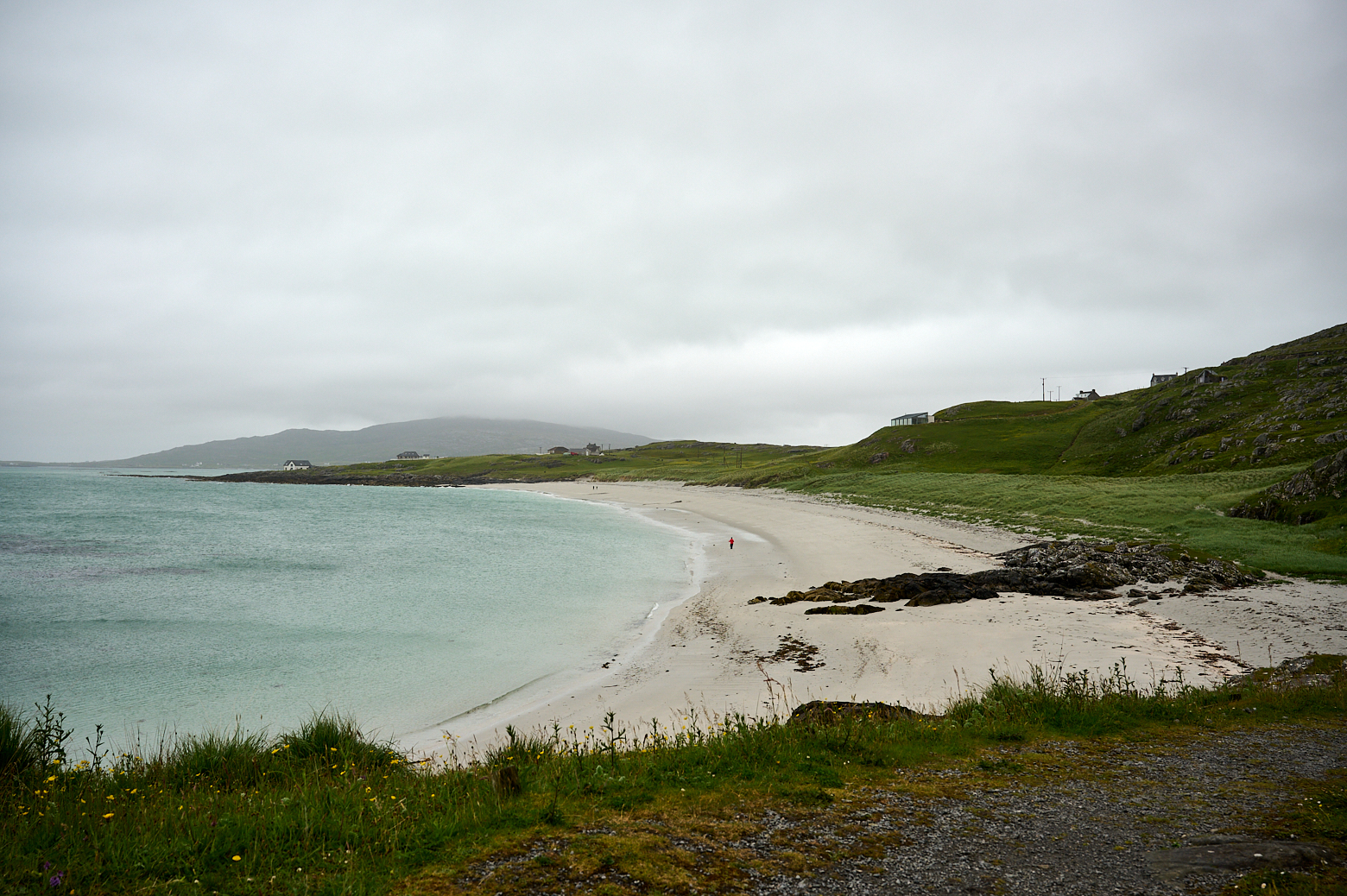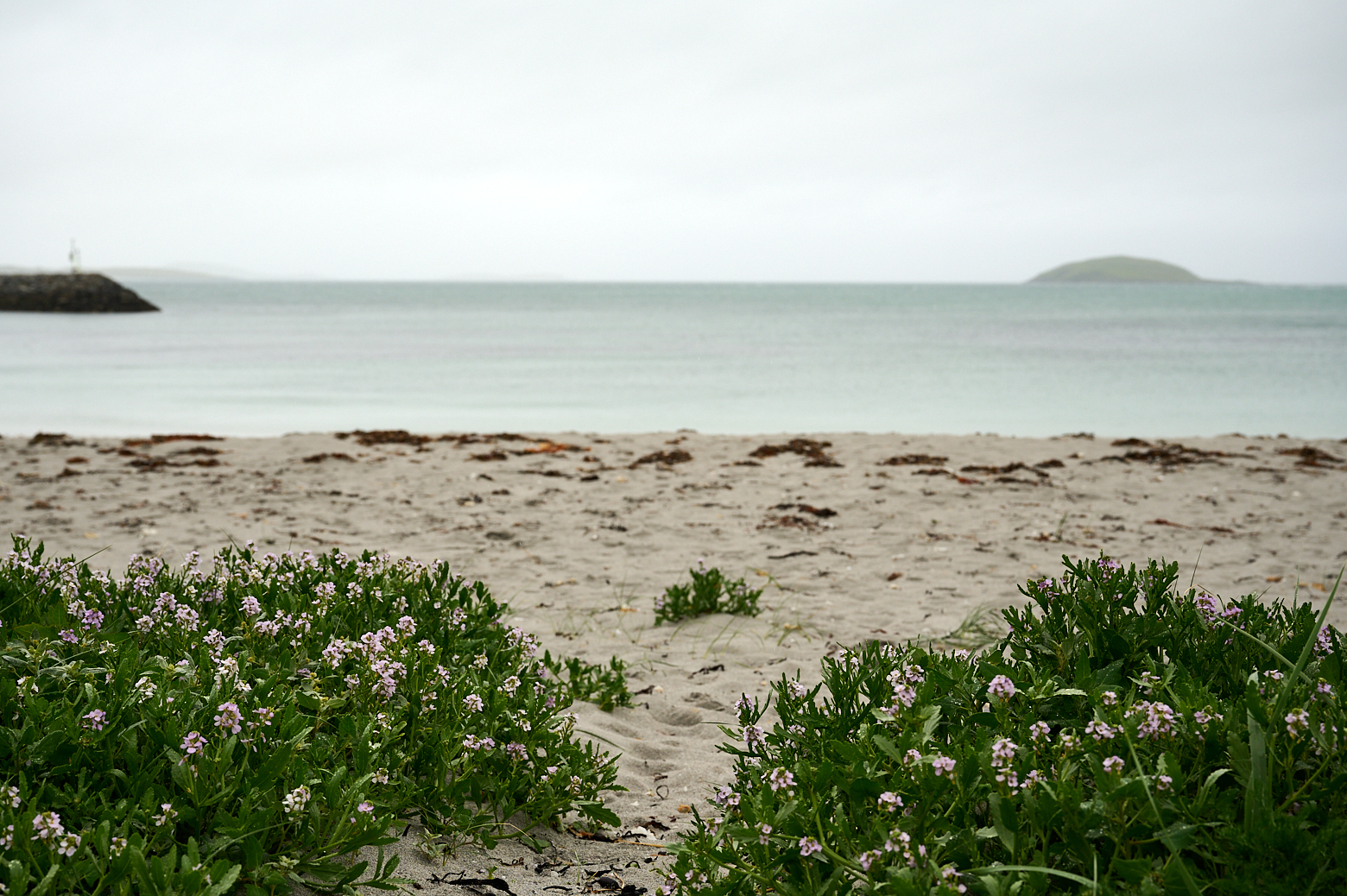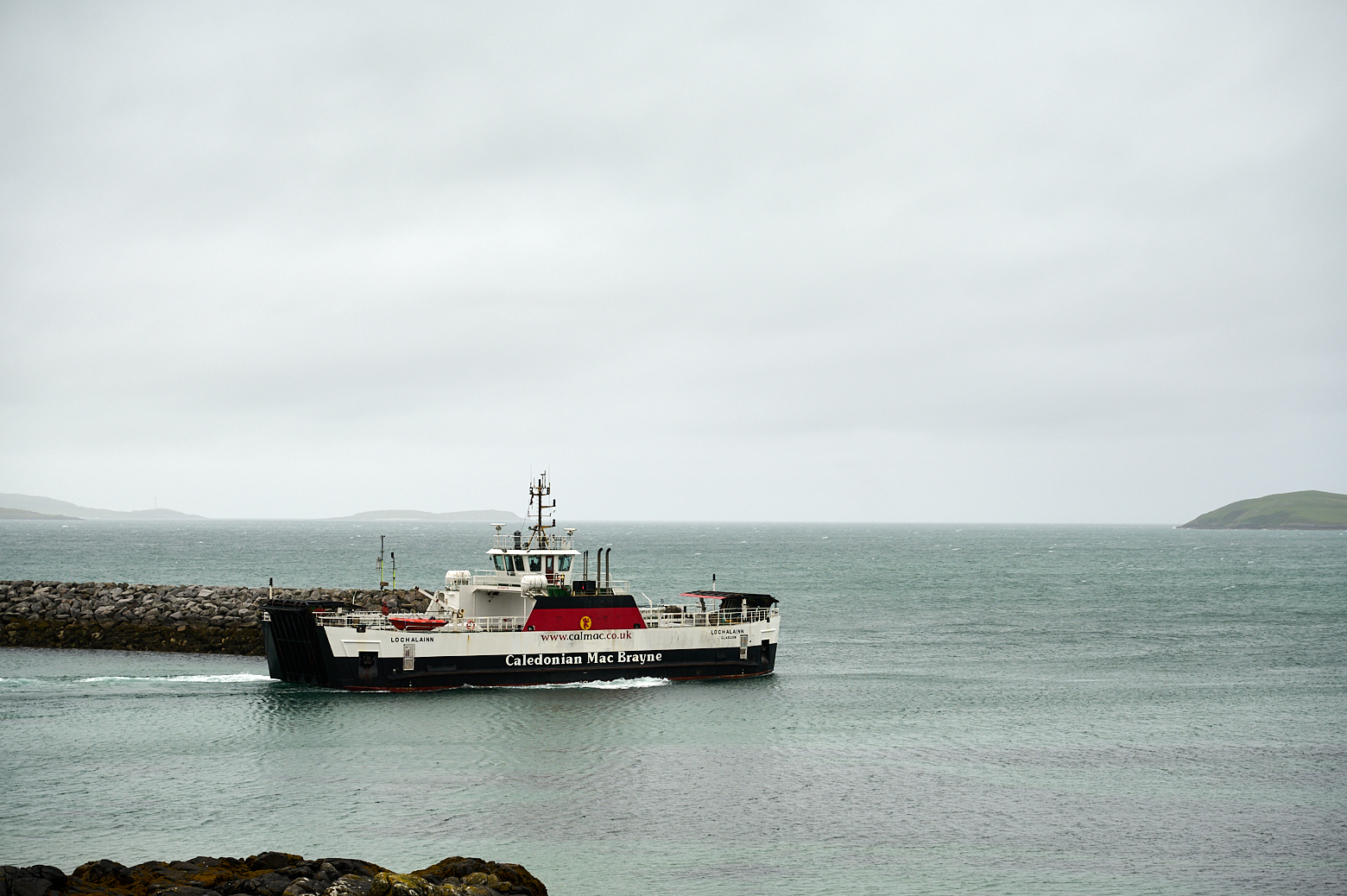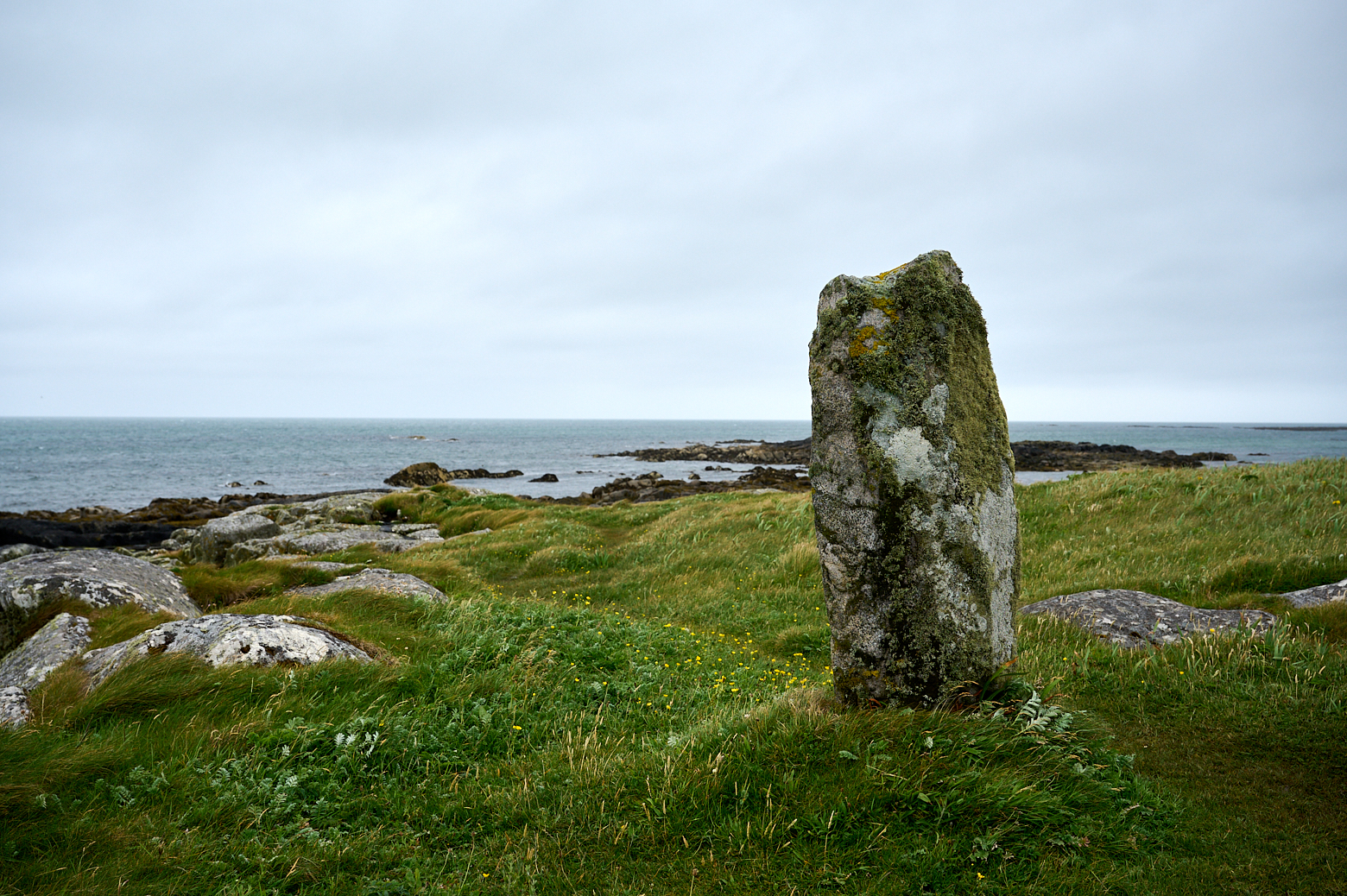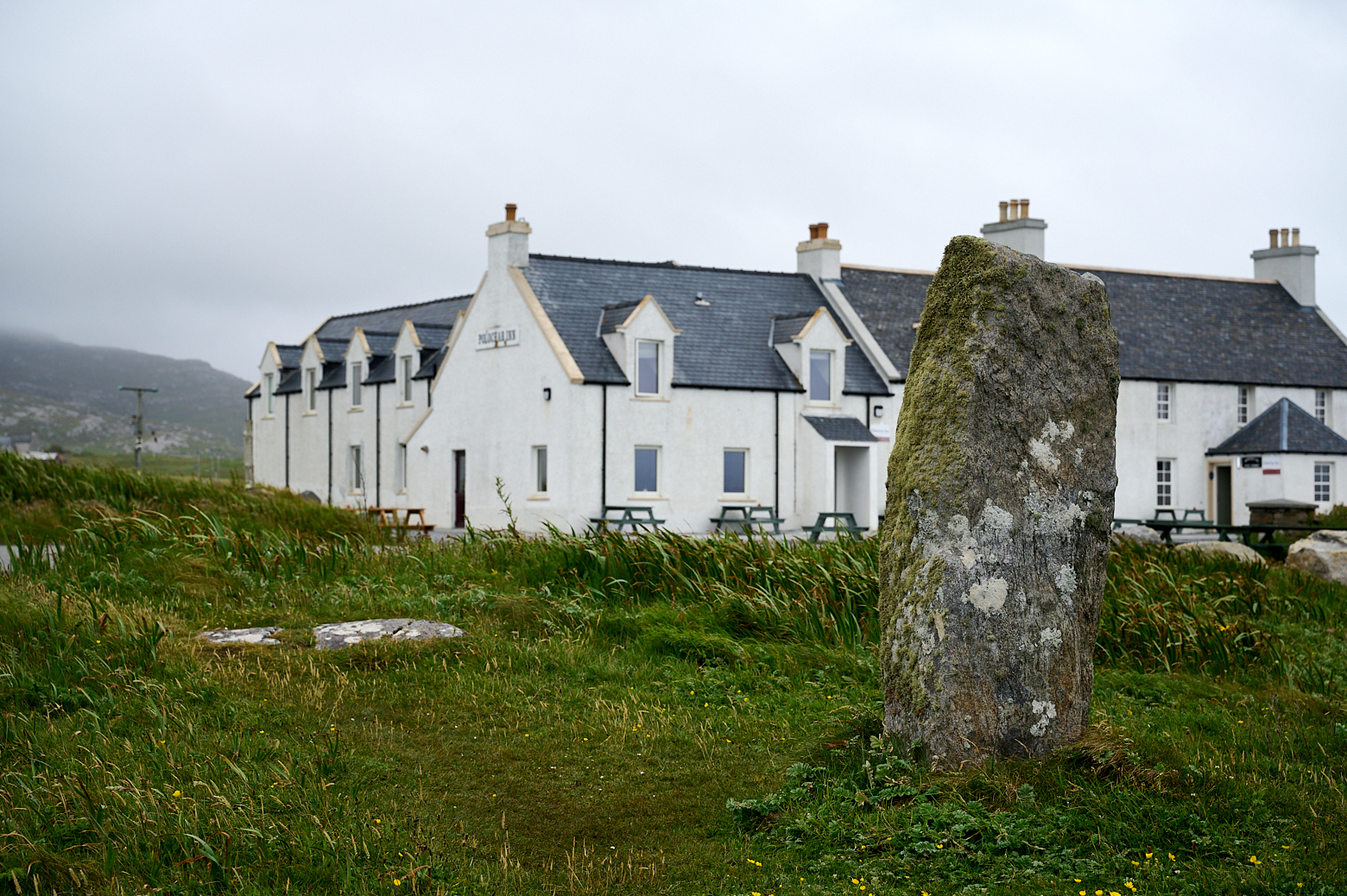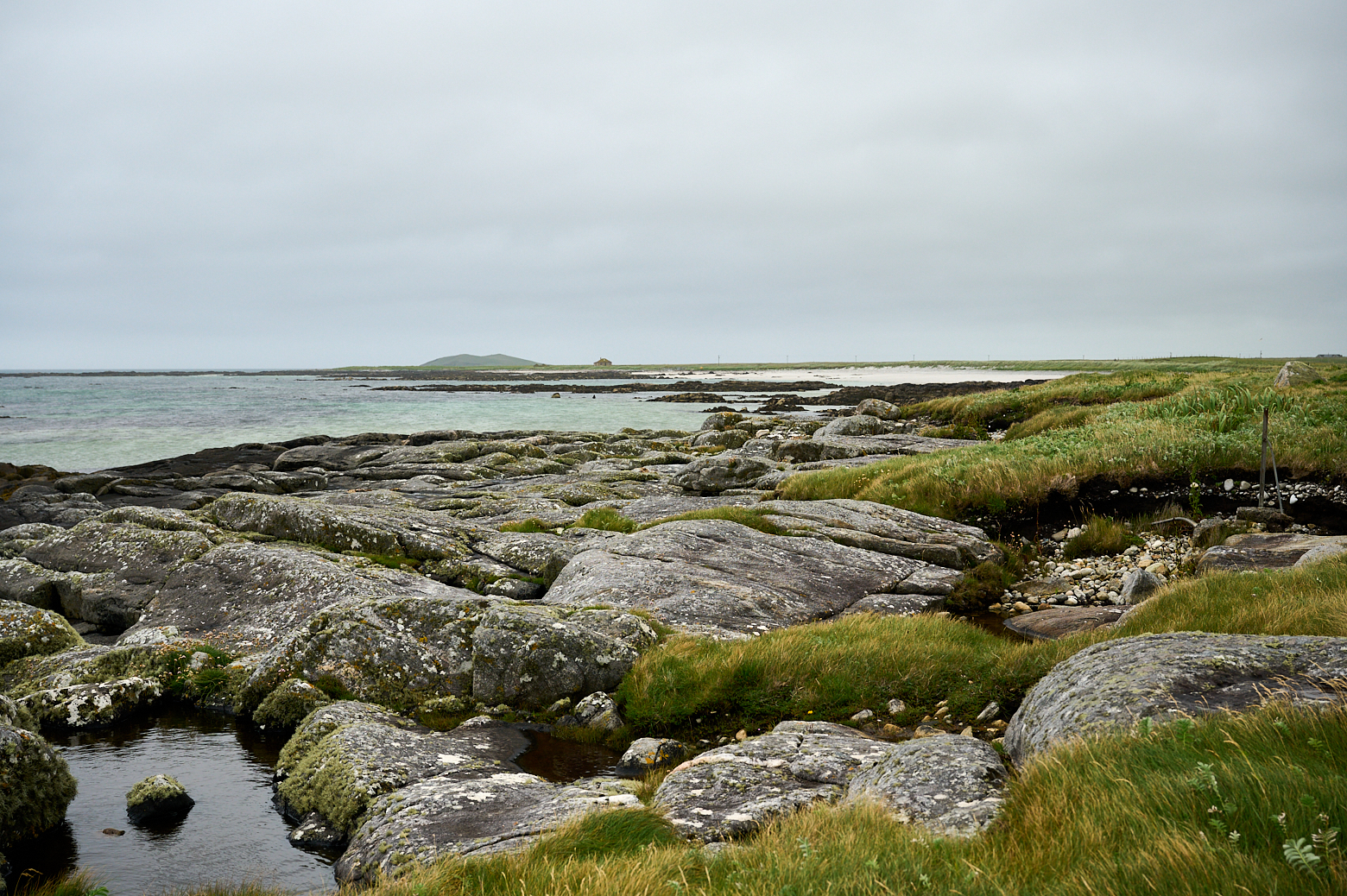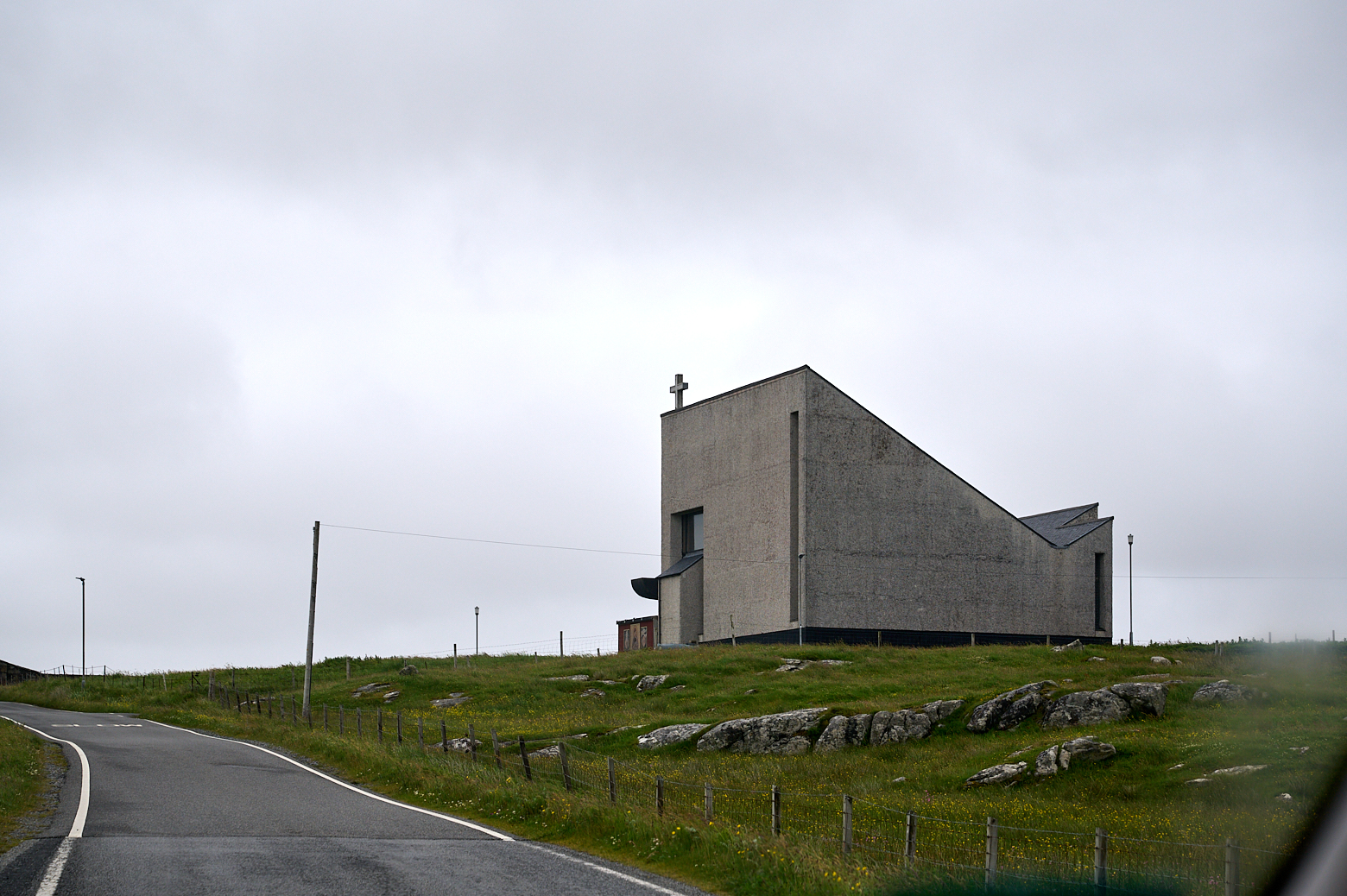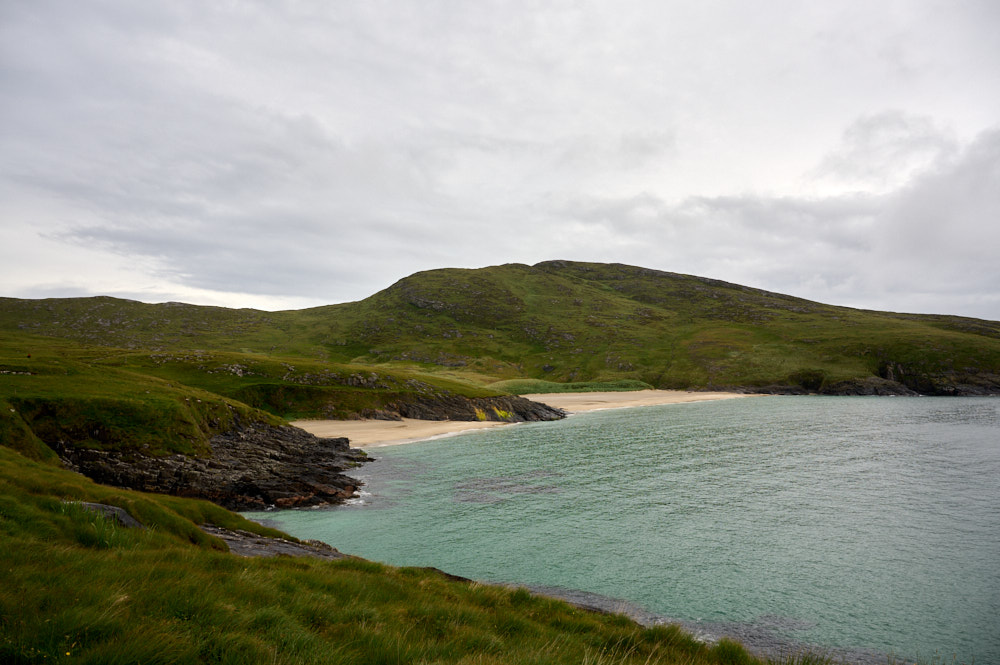
Welcome to Mingulay, the second largest of the Bishop’s Isles in the Outer Hebrides of Scotland, located about 12 miles south of Barra. I started my boat ride in Eriskay and went with Uist Sea Tours.
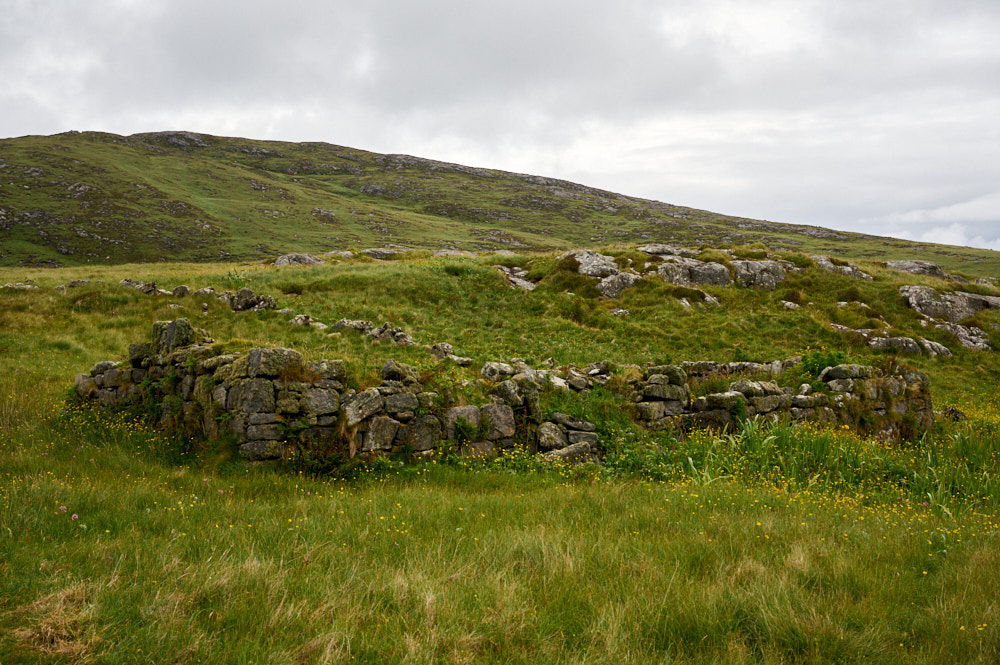
It was a calm and fun boat ride, but on arrival at Mingulay, the fun stuff started! The boats are only allowed to land close to some cliffs and we kind of had to crawl on all fours up the cliffs because they were so slippery. I would say our group bonded quite quickly over this and with helping each other and the support of our skippers we all made it up.
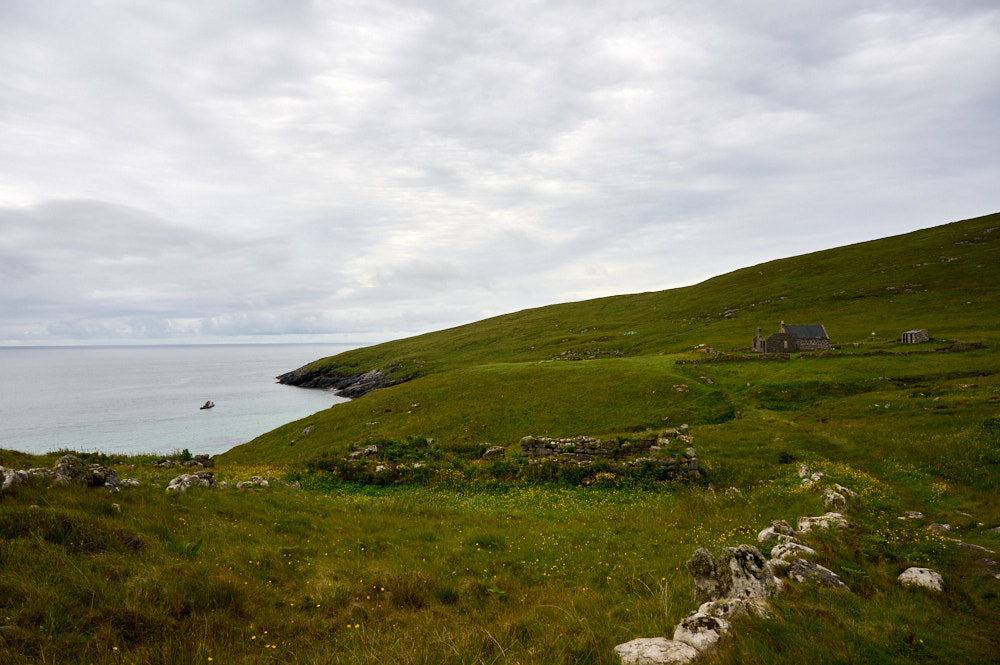
Mingulay
Today Mingulay is the home to lots of birds, we came for the puffins. It was the start of the summer season and we were lucky enough to still be able to sit with the birds. Later on, they had to close off the cliffs due to the spreading of the avian flu.
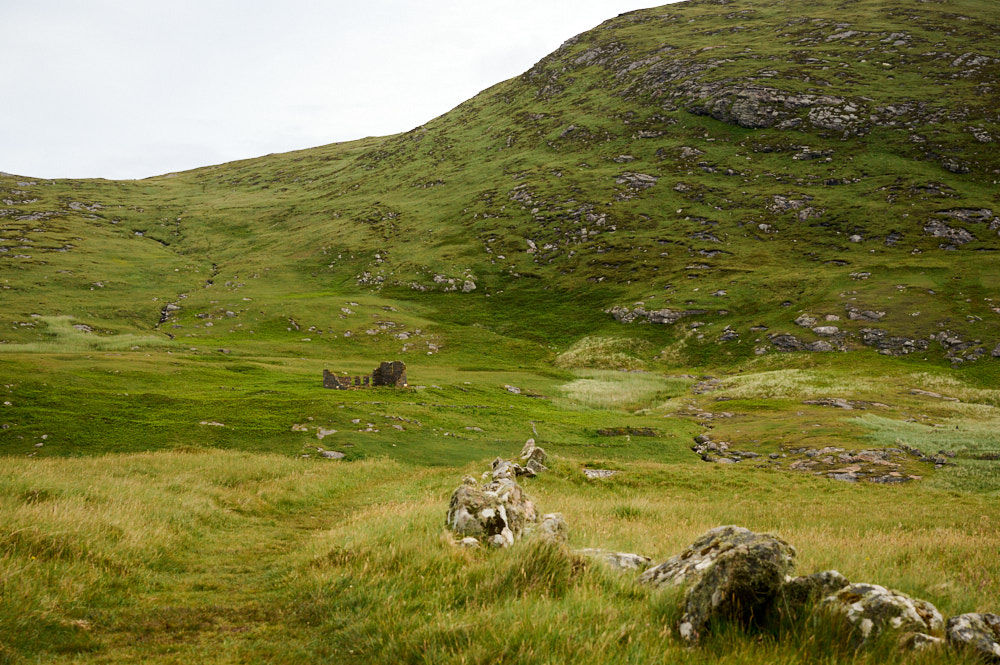
The last inhabitants abandoned Mingulay in 1912, the island is now in the care of the National Trust for Scotland.
The history of the island stretches over seven millennia, and the final families cast off for neighbouring Vatersay in 1912, leaving behind their village homes whose foundations still stand as a reminder of a way of life lost to the unceasing onslaught of the Atlantic elements. (Visit Outer Hebrides)
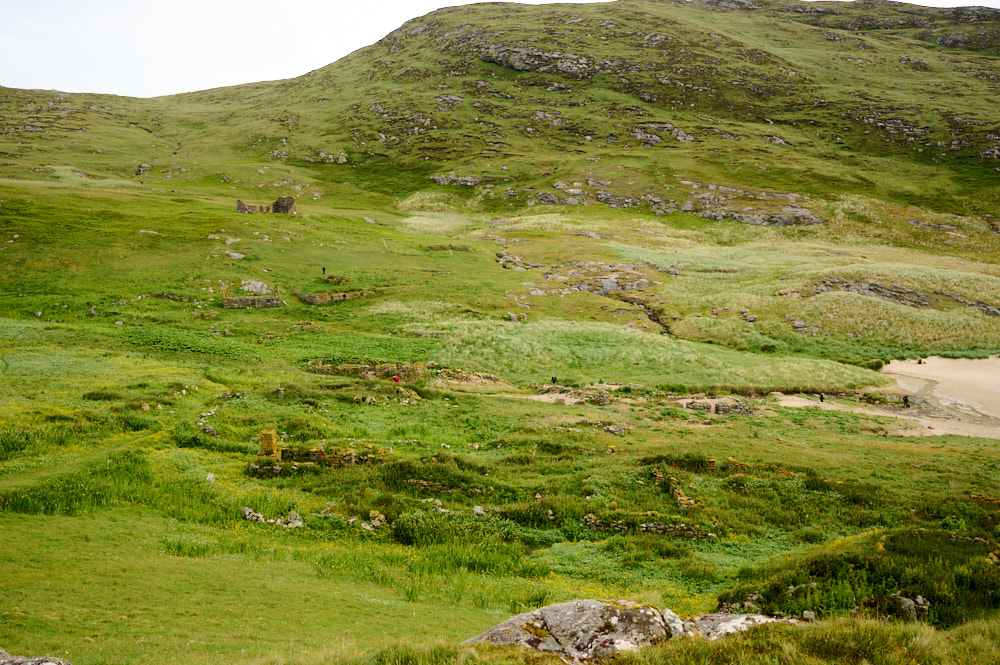
By 1910 there were only a dozen fishermen in six families living there, and in summer 1912 the island was finally abandoned. Some may have wished to stay, but by now the population had been reduced below a viable number and the lack of a school, which had closed in April 1910, would have been a factor. There is also no doubt that the parish priest, Donald Martin, encouraged the desertion. It is claimed that neither did he like travelling there, nor did the church receive much in the collection box on his visits. (Wikipedia)
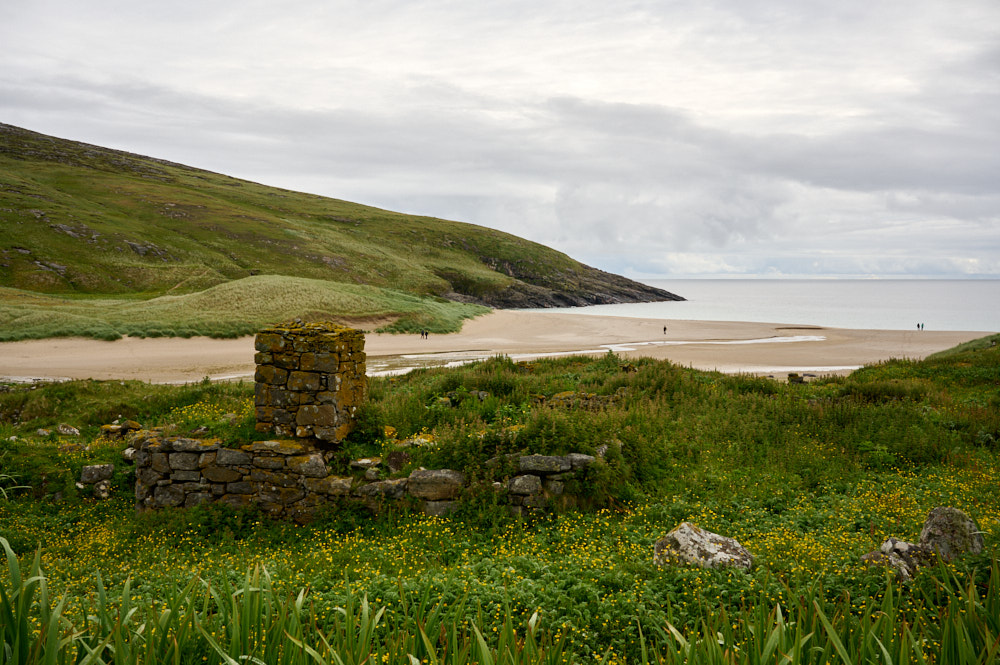
After being abandoned Mingulay was sold and bought several times until the National Trust of Scotland purchased it in 2000.
In 2000 Mingulay was acquired by the National Trust for Scotland through a bequest by J. M. Fawcitt “to provide an area of natural beauty in memory of her parents and the courage of her late brother, Bernard. (Wikipedia)
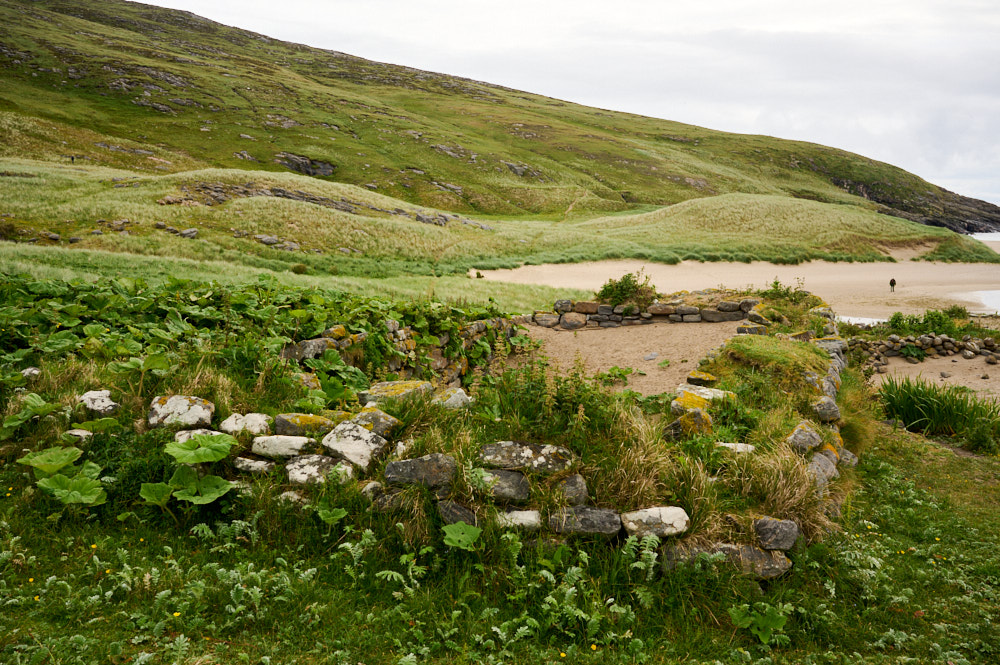
During the summertime, two rangers from the National Trust live in the former school building and record the birdlife on the island. Next to the school are the remains of the chapel with some information about the island.
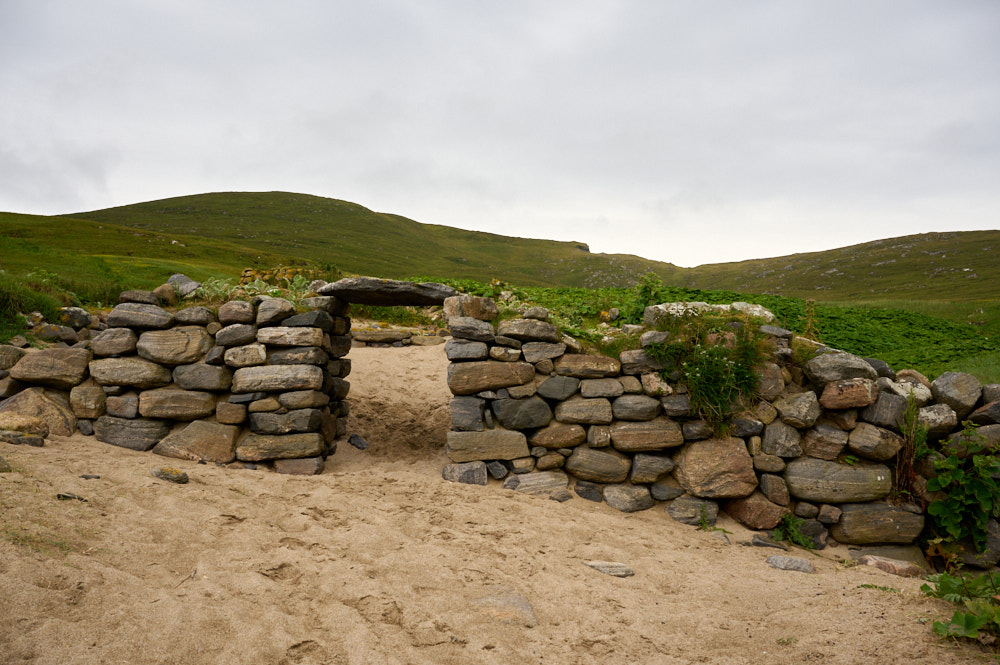
Walking through the remains of the village towards the cliffs and the puffins.
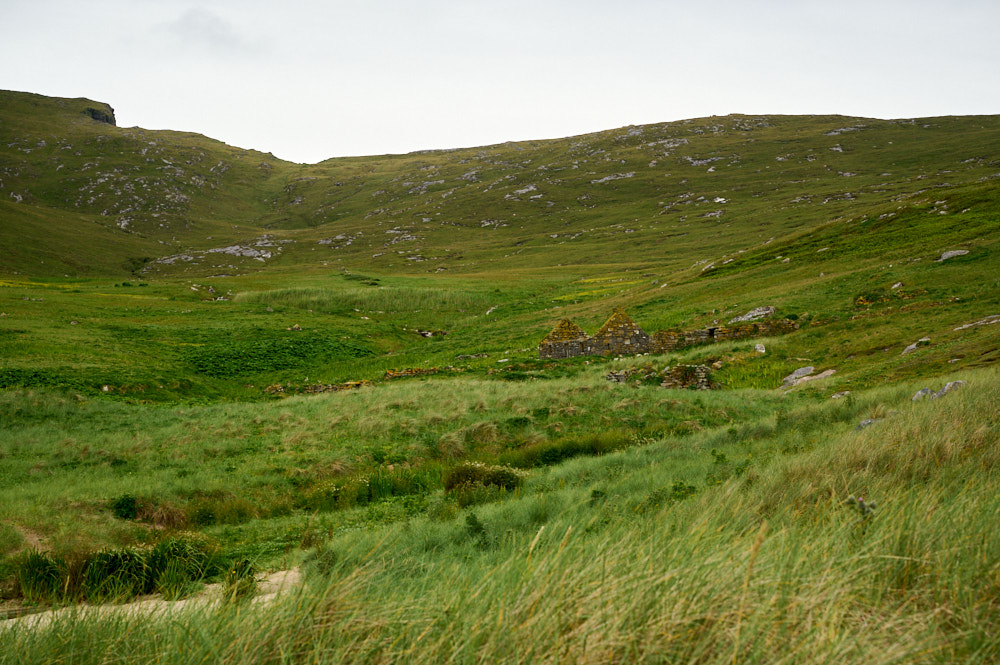
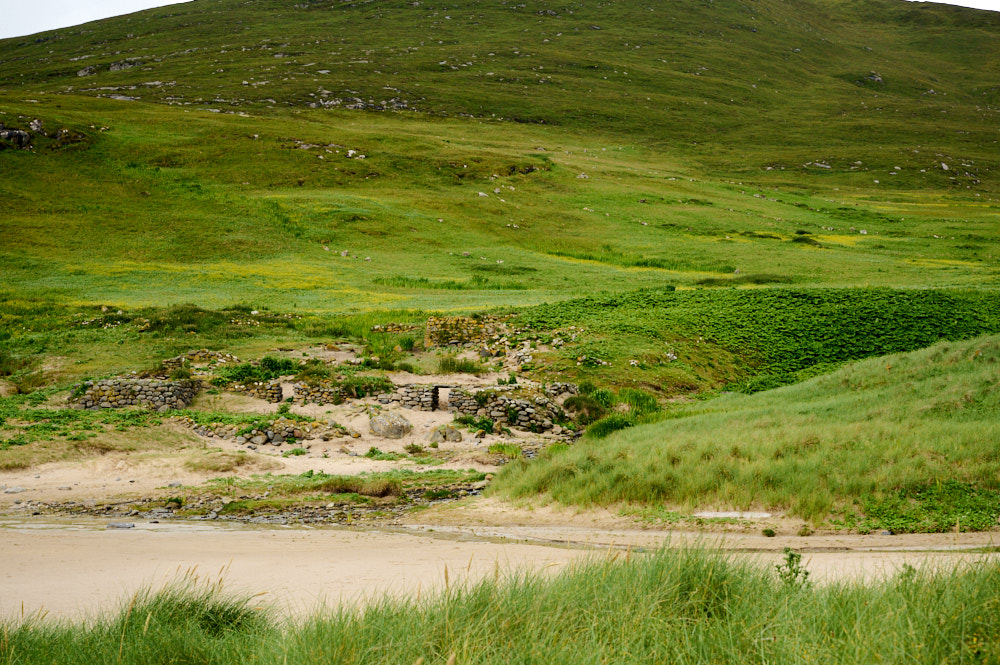
Puffins of Mingulay
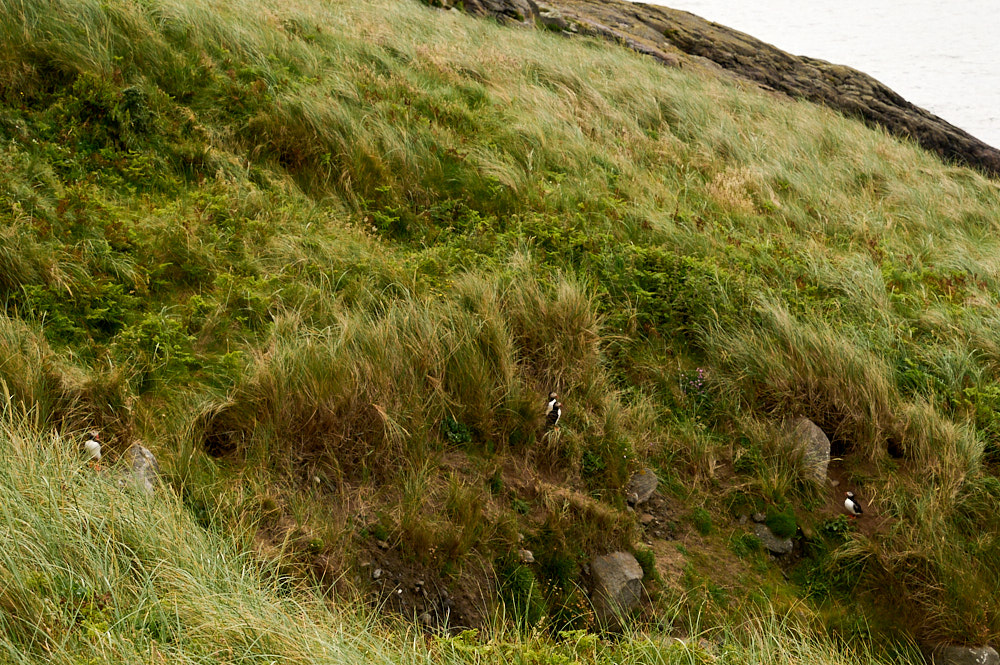
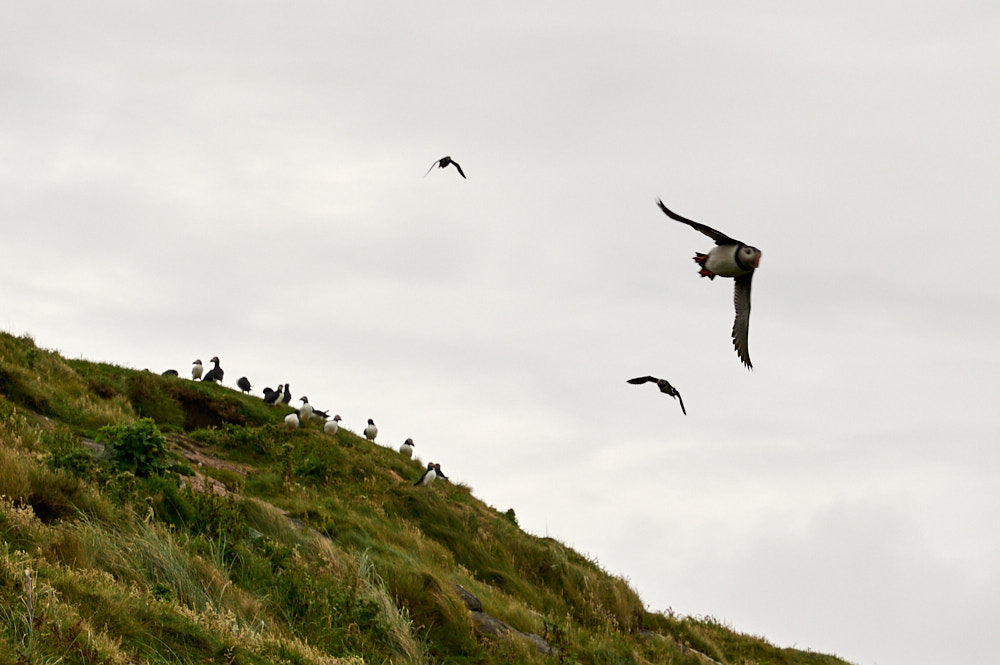
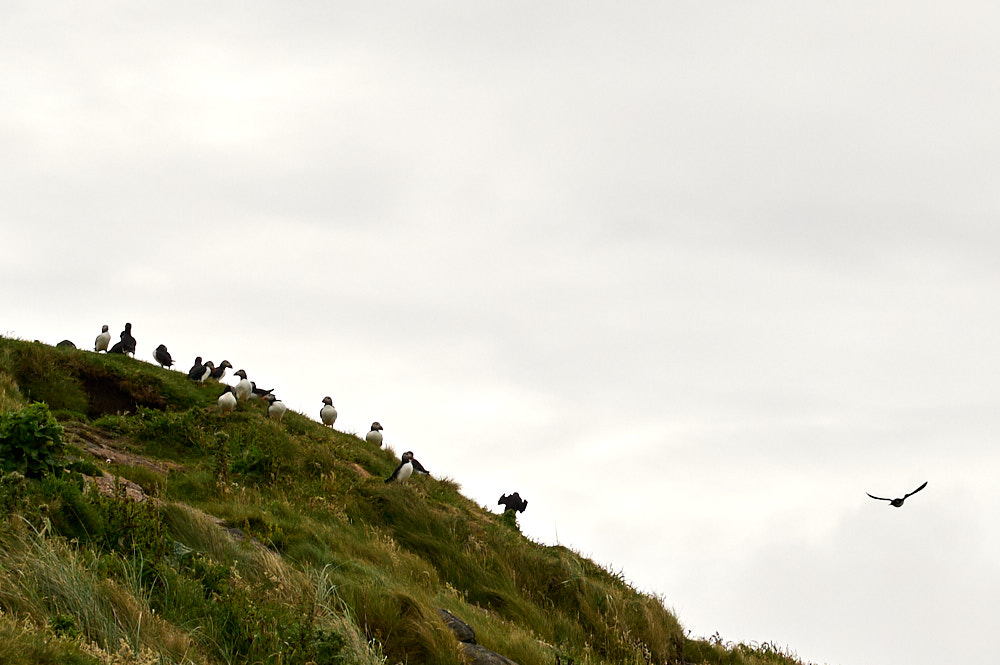
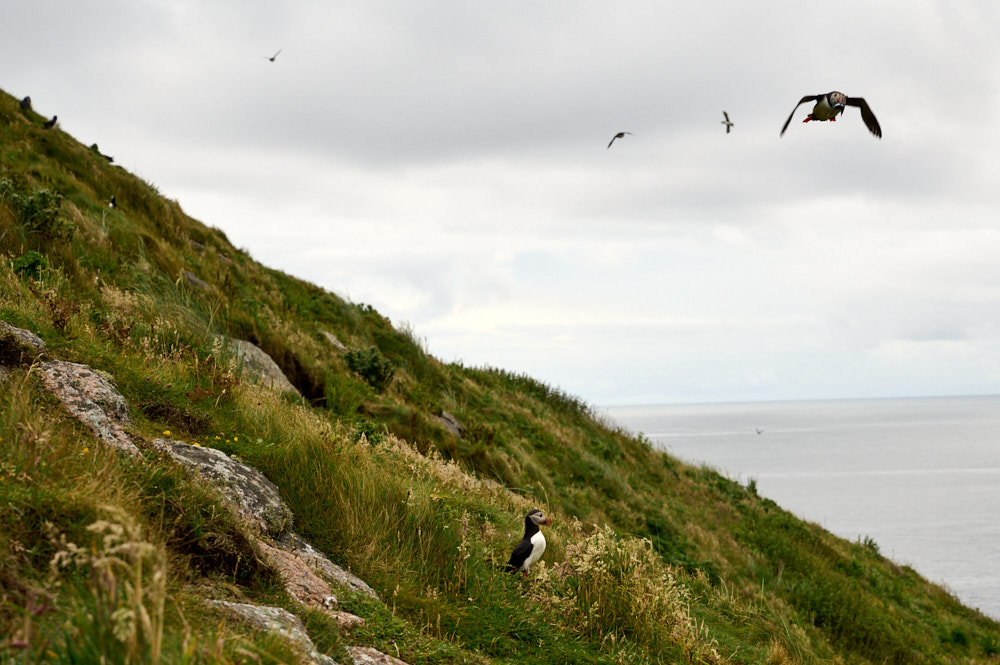
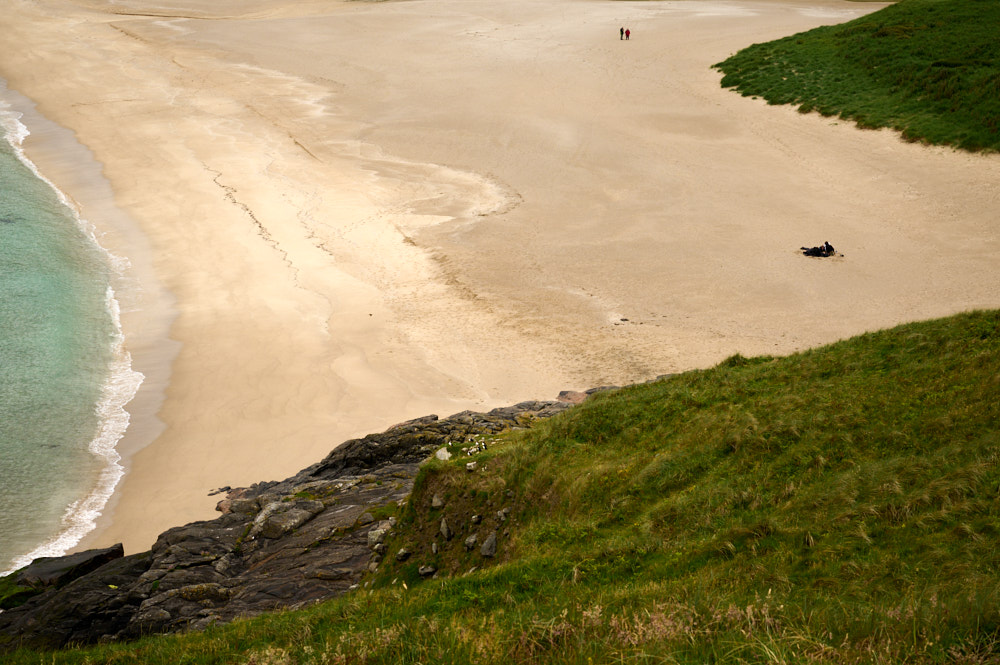
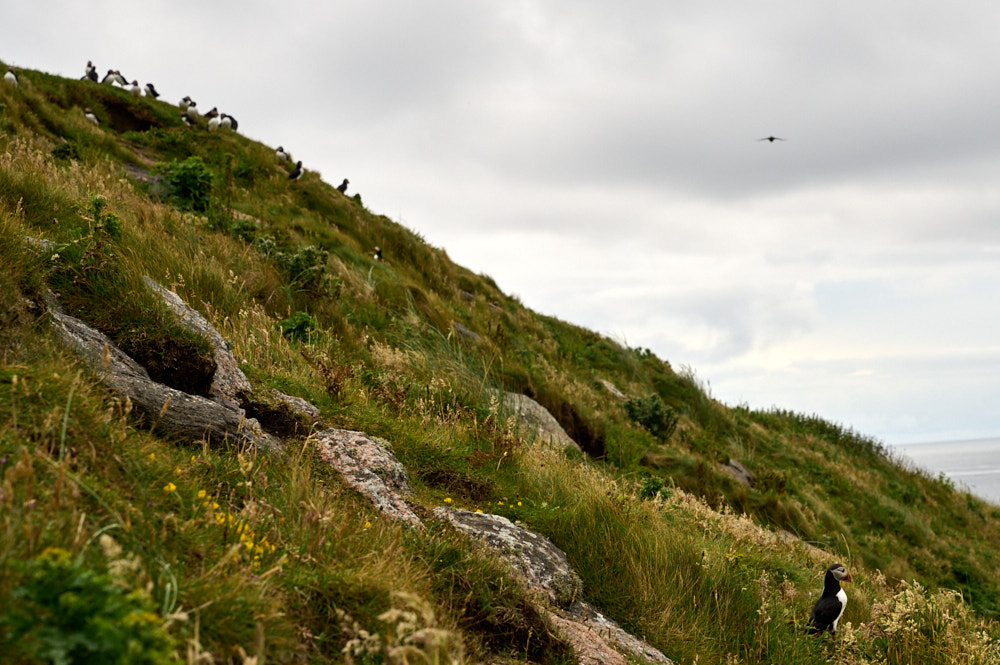
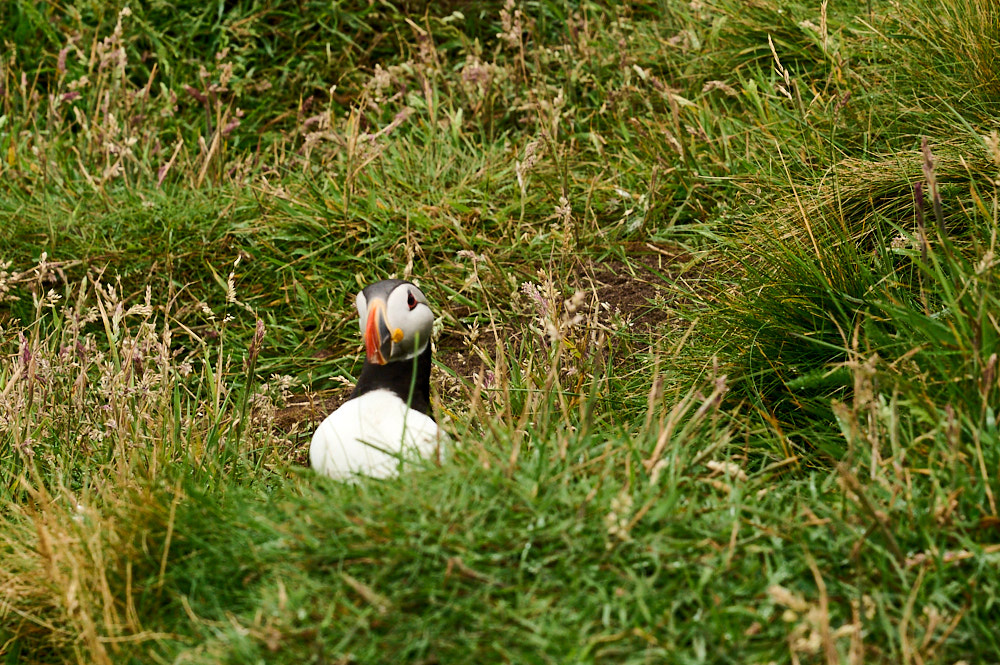
This little guy was sitting right next to me, they really don´t mind humans.
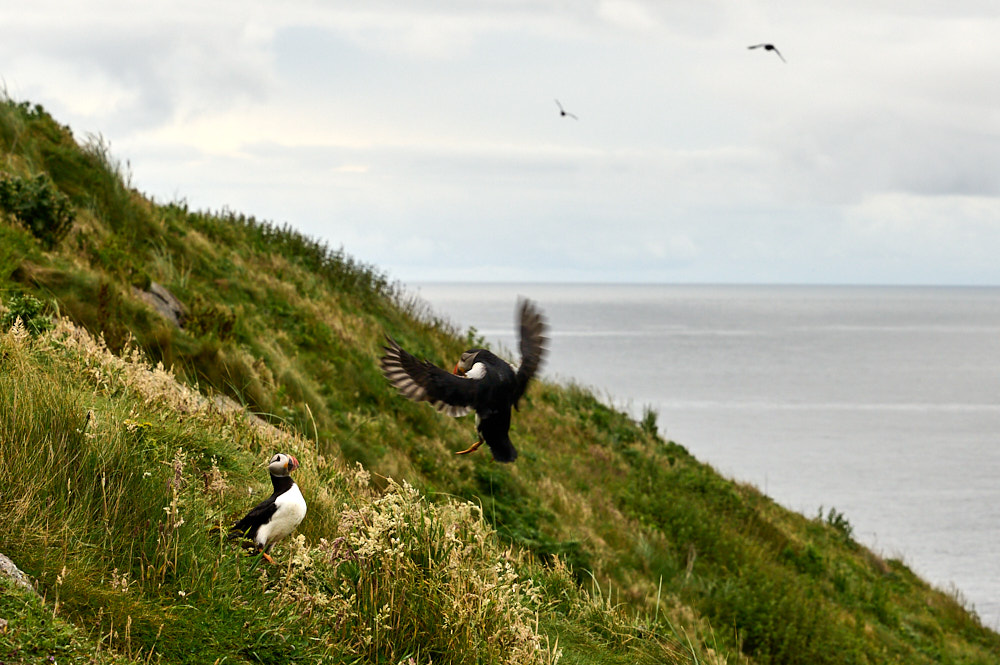 My favourite image of this day and of all my many many many puffins images.
My favourite image of this day and of all my many many many puffins images.
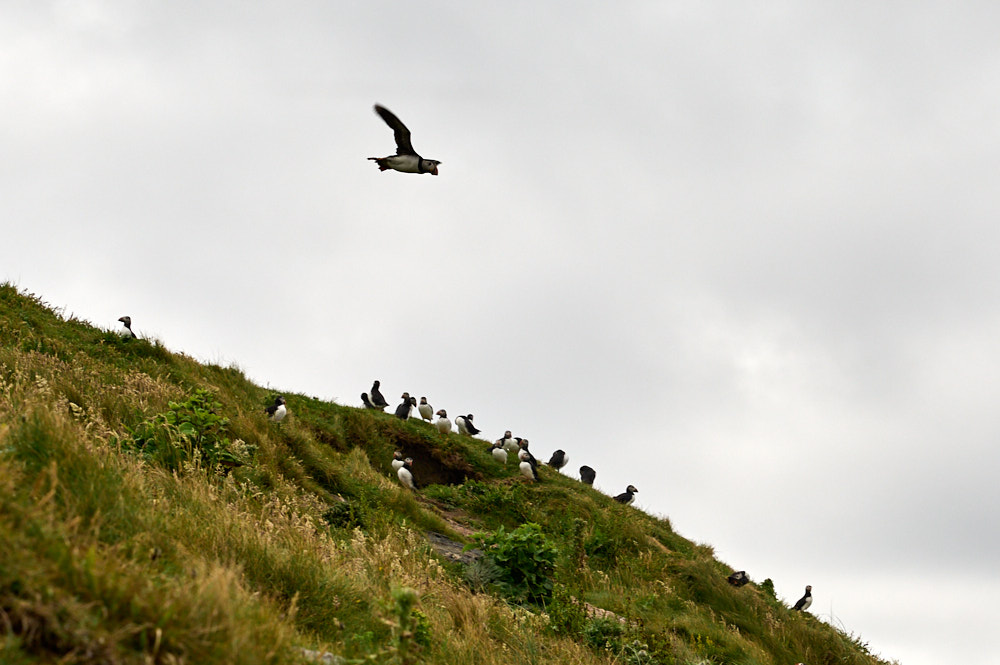
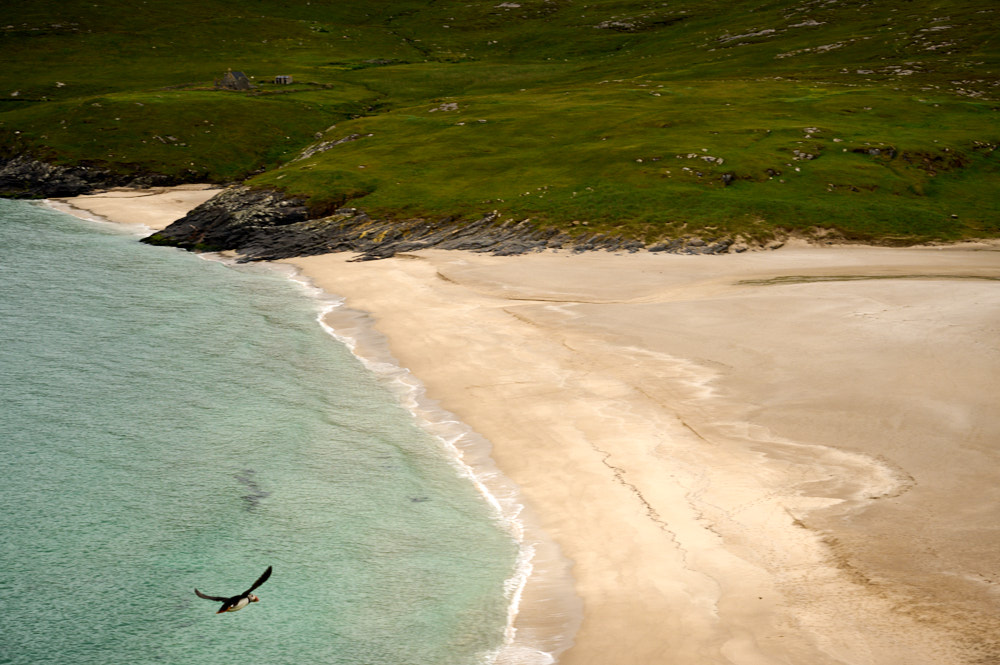
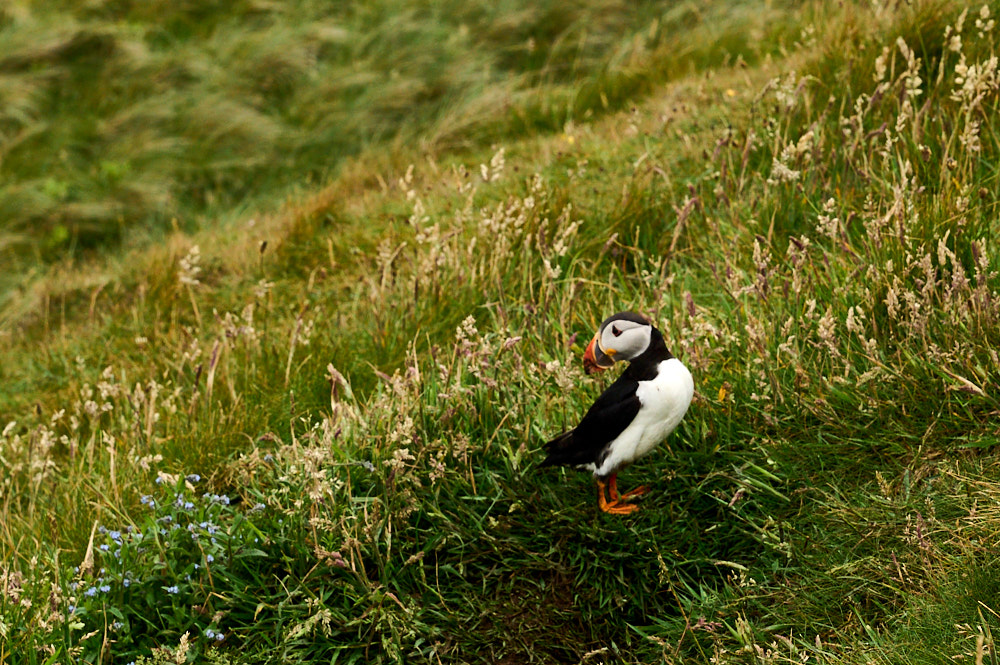
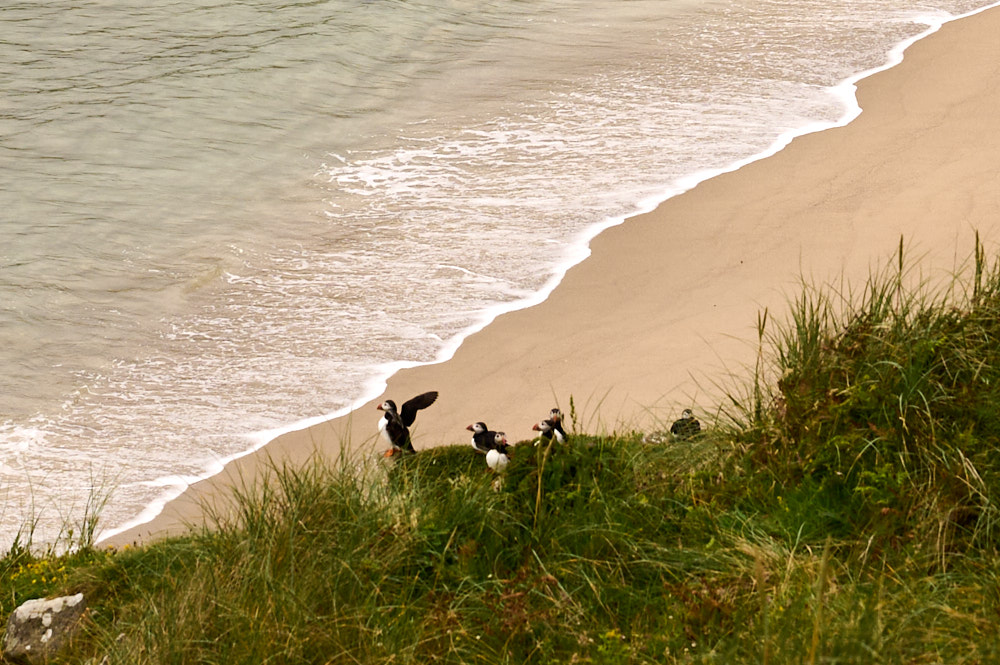
I enjoyed sitting in the middle of the puffins for about an hour or so before I went back down to the beach.
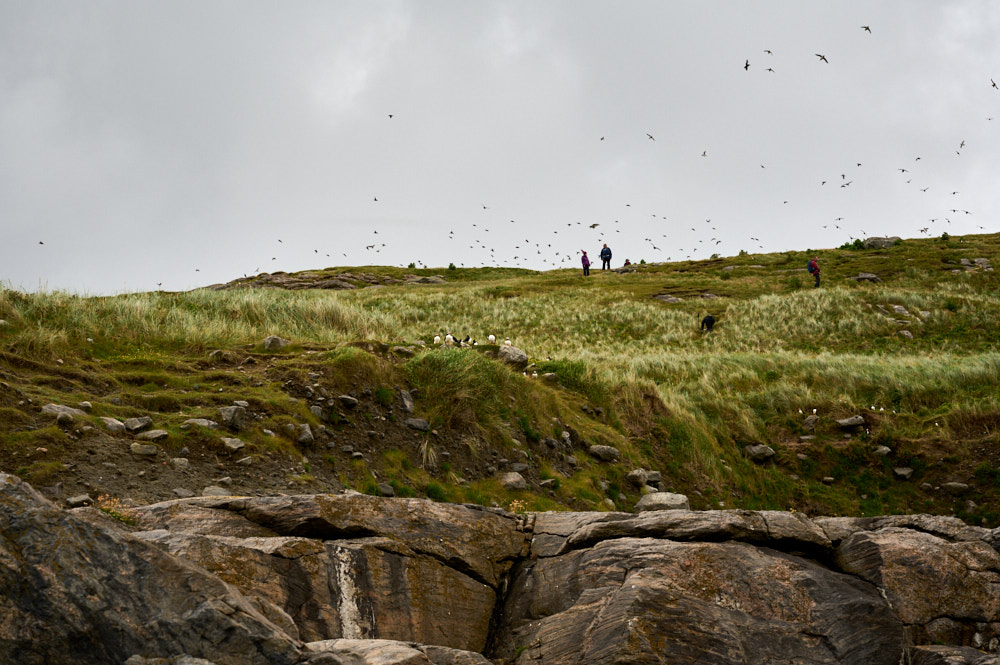
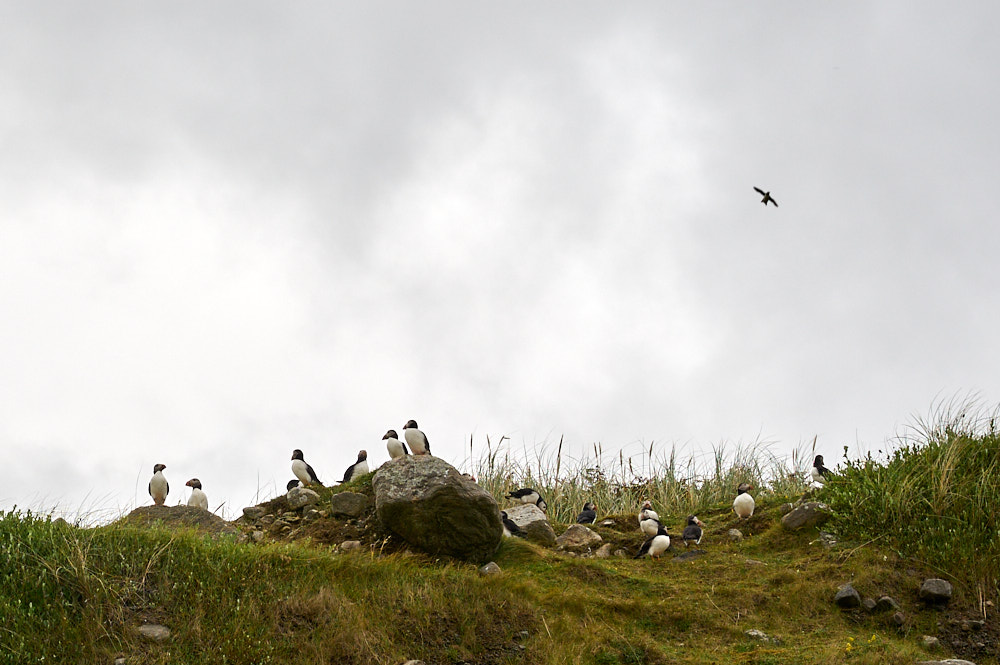
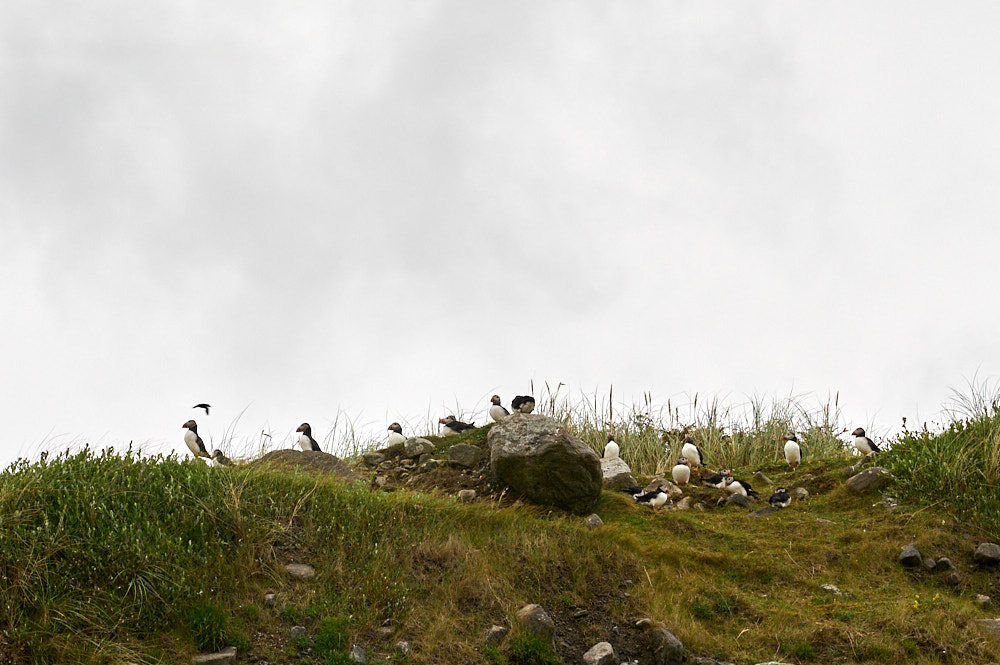
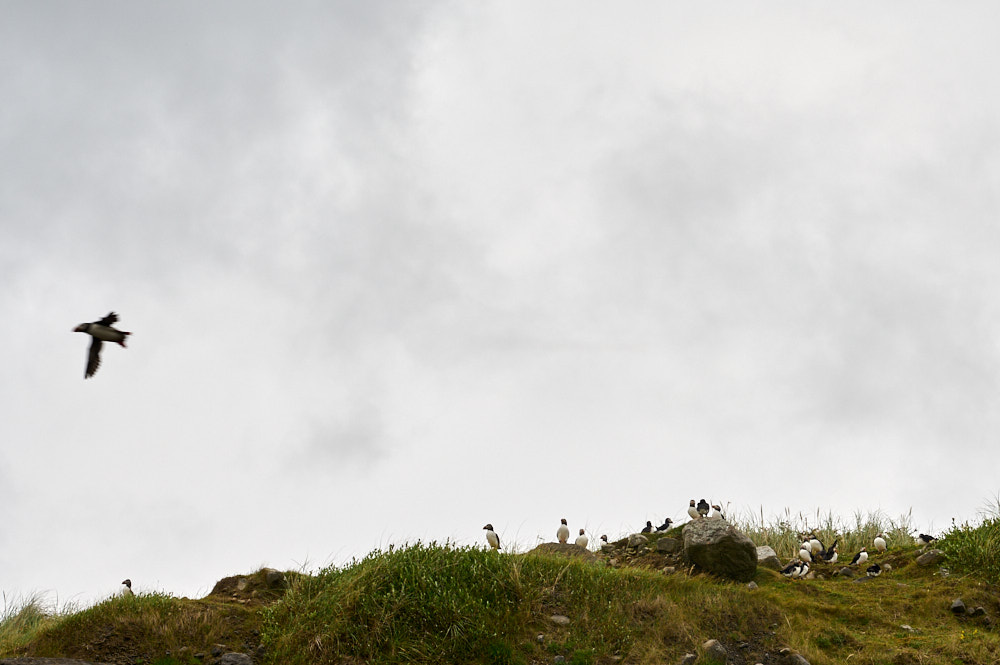
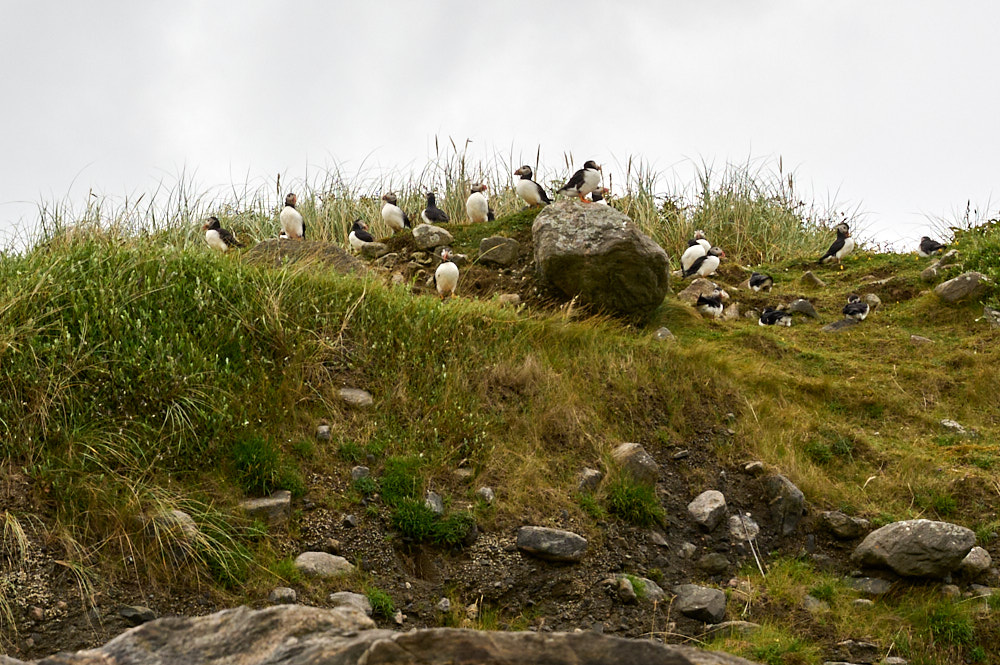
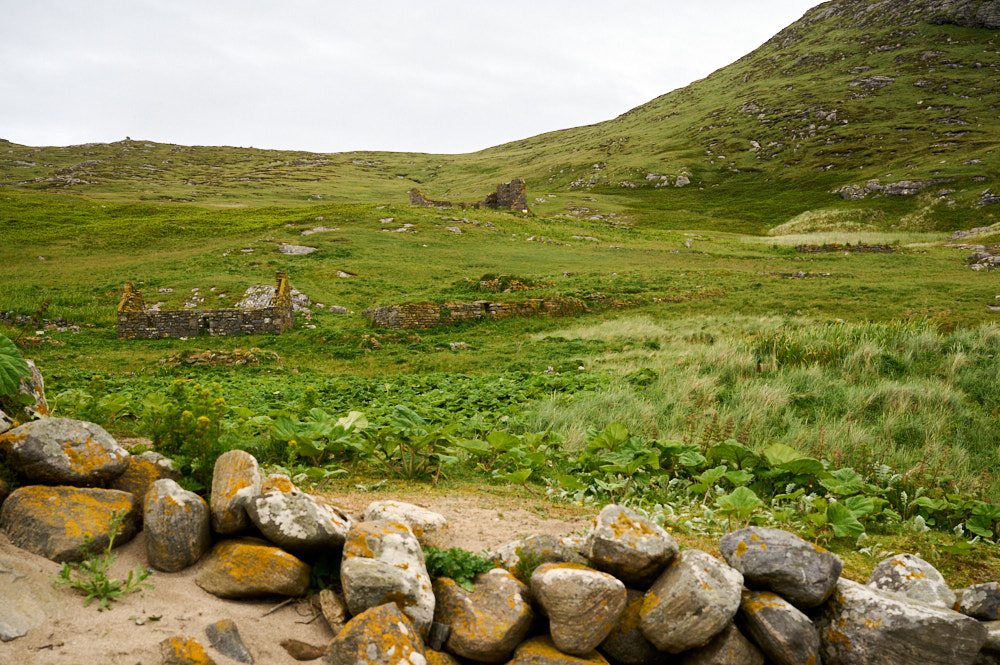
Going back through the village to our rocky cliffs, we all were joking about how we would slide down the cliffs again until we realized that our lovely skippers had made us a carpet of towels. Going down back to the boat was suddenly very easy.
